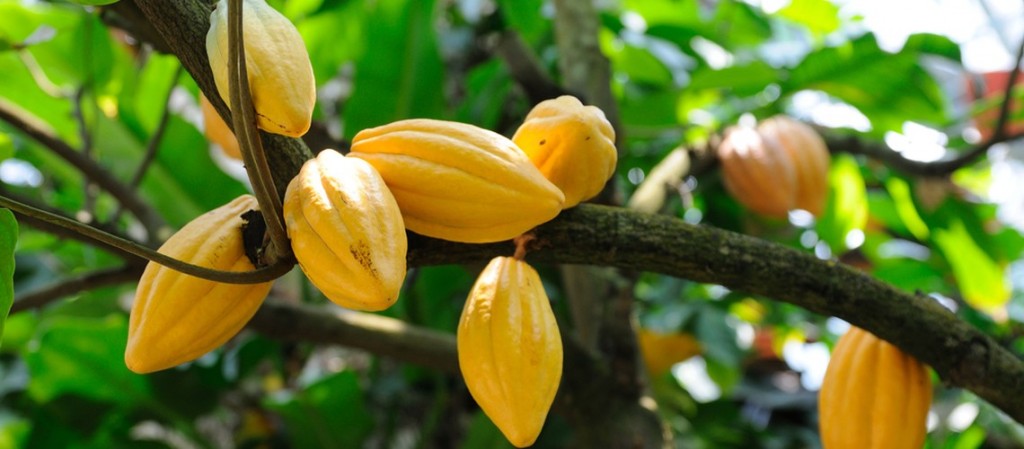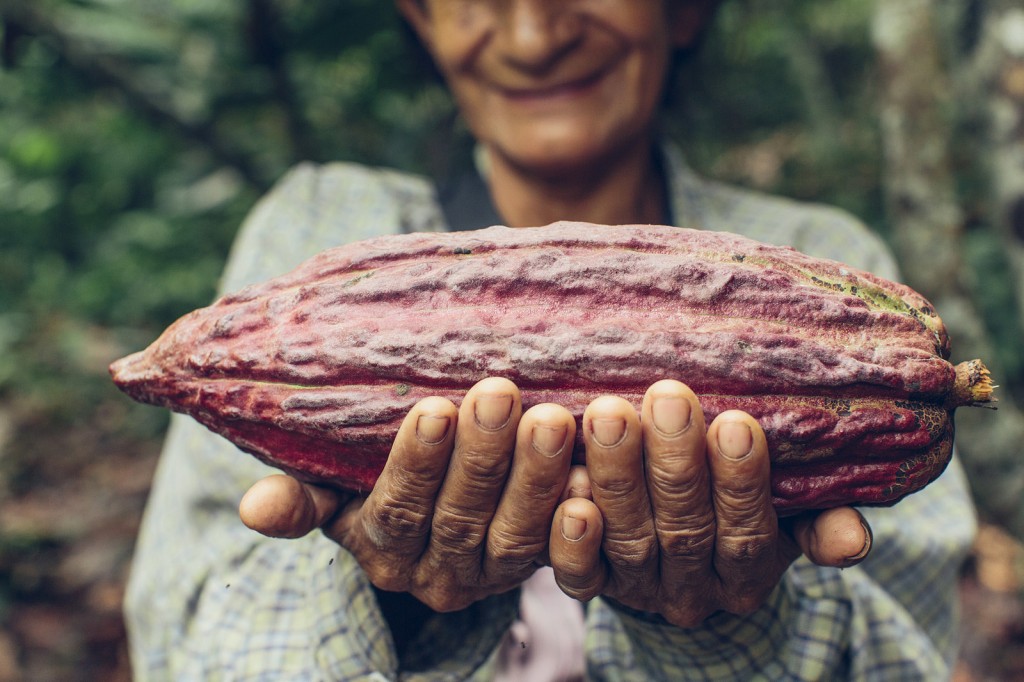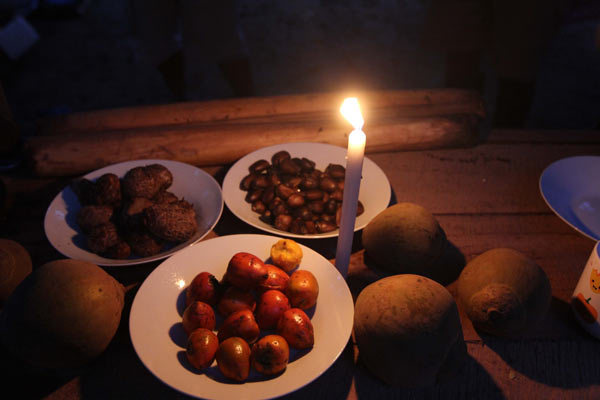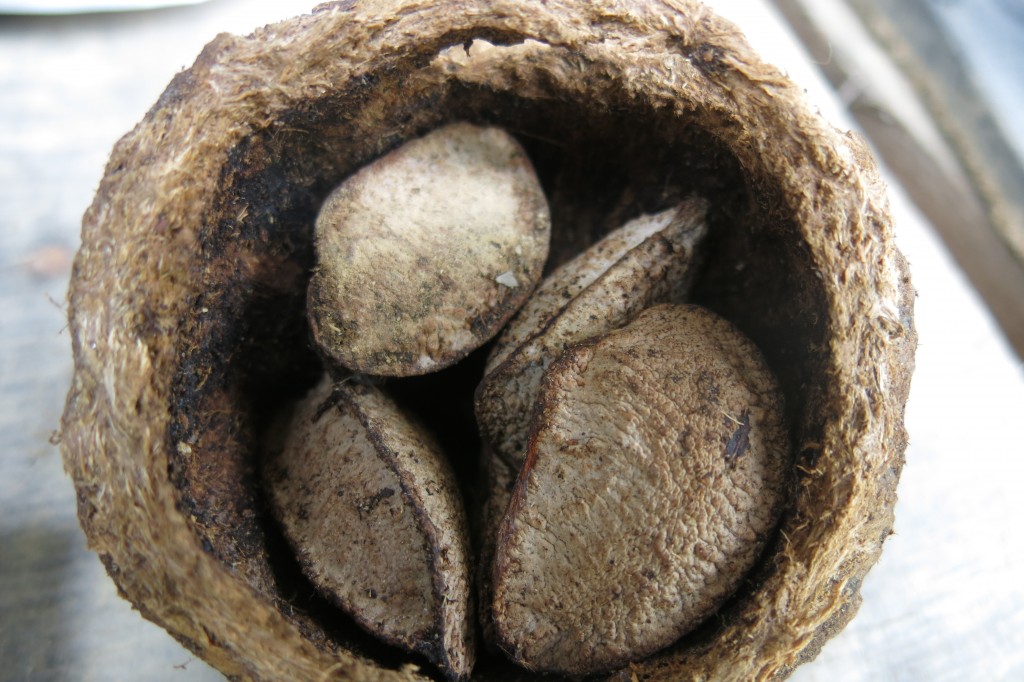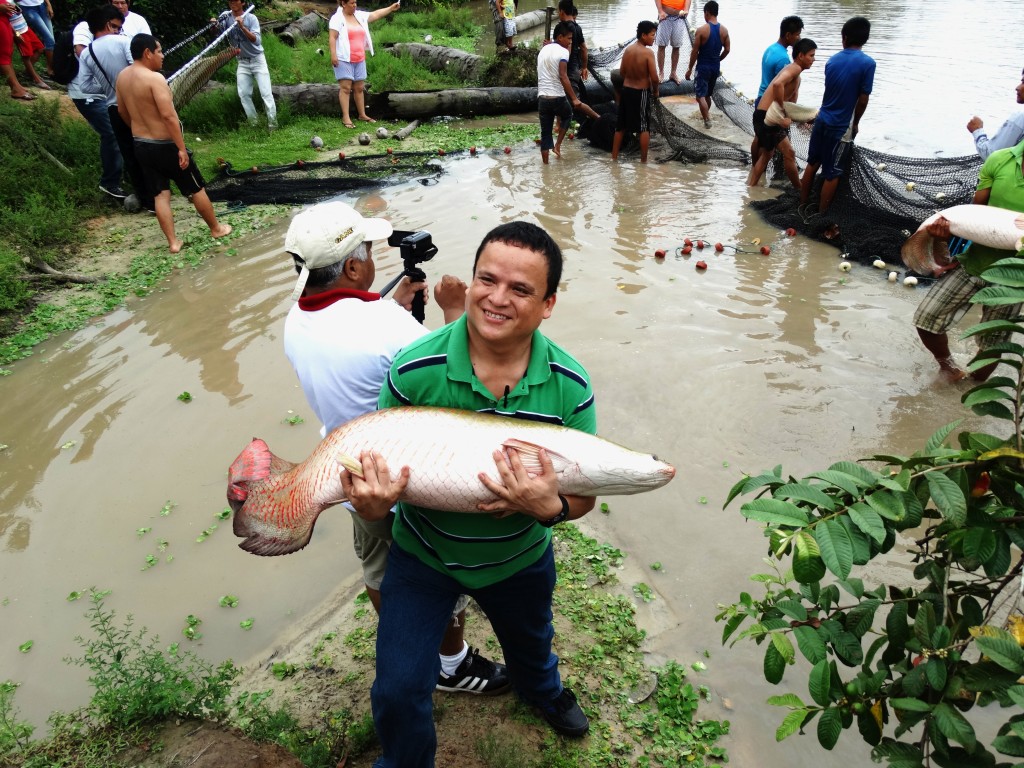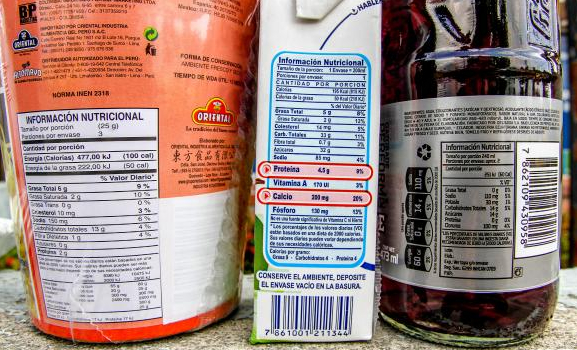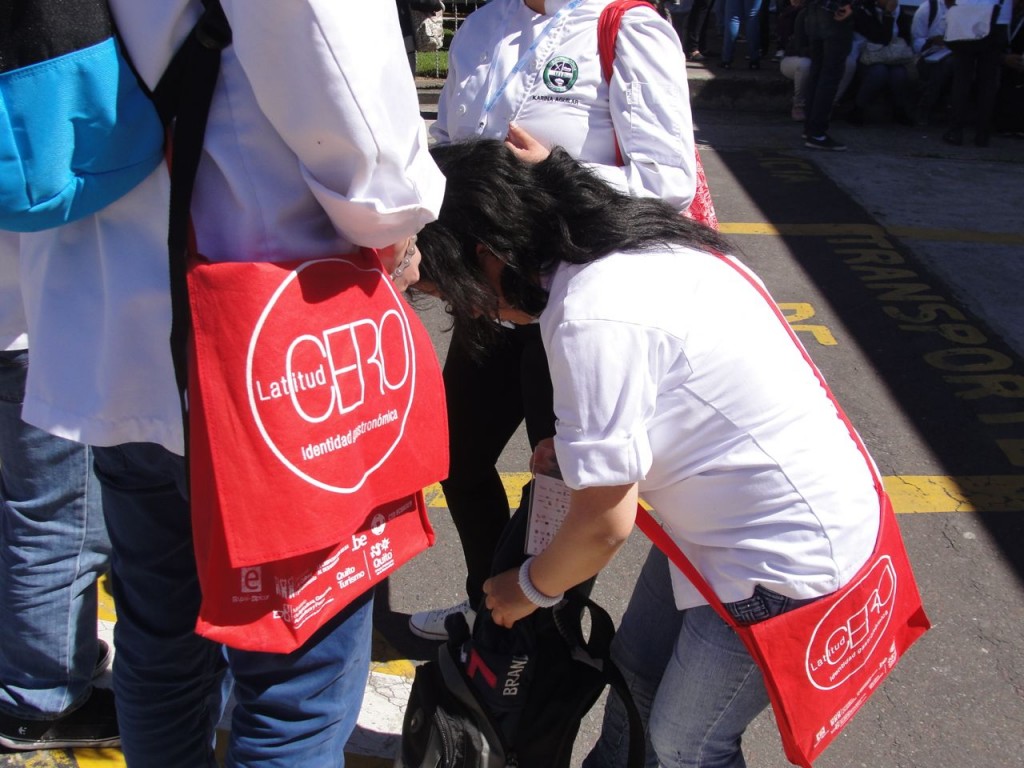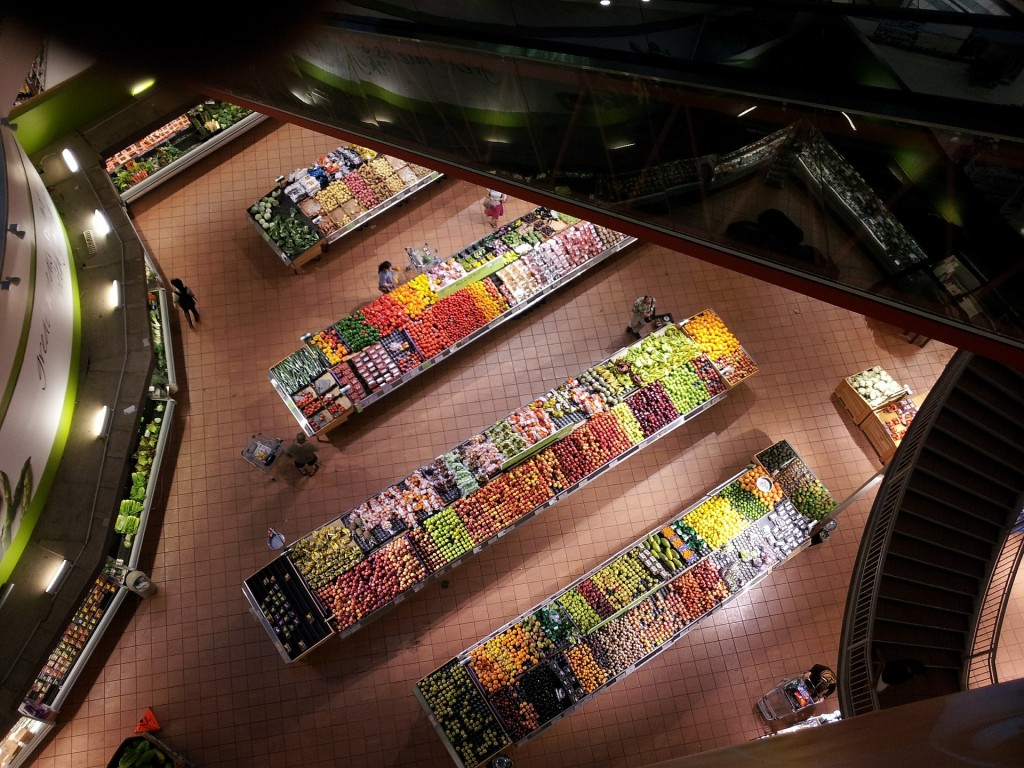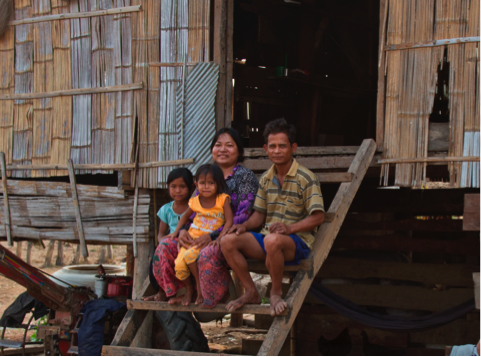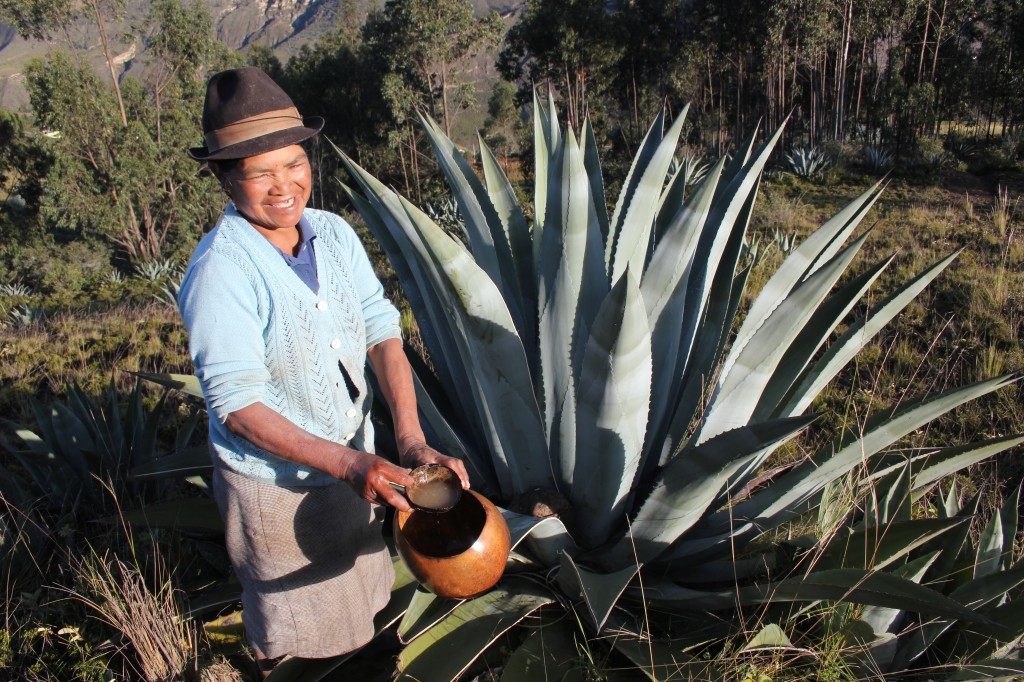Stories
Can a tiny hot pepper help save the Amazon?
By Virginia Cross A traditional chilli pepper found on tables across the Peruvian Amazon is on its way to the U.K, thanks to the English non-profit Plant Your Future. Spicing up dishes with some of this Amazon heat connects straight back to farmers working to restore the rainforest. This tiny pepper, known as ají charapita, […]
Direct Trade Grant Winners Announced!
By Gabriela Albuja At Canopy Bridge we know that meeting suppliers in the field makes a big difference for companies looking to source sustainable, natural products. To help support direct-trade relationship building we launched a contest together with the Environmental Defense Fund at the end of 2017, which offered small grants to help […]
Women and Coffee: Energizing Entrepreneurship
By: Gabriela Albuja Mery Santos, a passionate, energetic, and successful business woman, is a vivid example of a life dedicated to making a difference. Originally from Venezuela, her career began more or less conventionally, earning a living working with a logistics company. But in 1999 Mery decided to take a leap and change […]
Read More… from Women and Coffee: Energizing Entrepreneurship
Indigenous Enterprises Can Contribute to the Protection of Millions of Hectares of Amazon Rainforest
Versión en español aquí Versão em português aqui Article by: Jacob Olander, Gabriela Albuja, Kevin Moull, Chris Meyer, Juliana Splendore and Karina Bautista Introduction When properly supported, indigenous communities can make significant contributions to rainforest conservation. Legally recognized indigenous territories (ITs) cover over one fifth of the Amazon and, because they tend to […]
Rienda suelta al potencial de los cosméticos de aceite de castaña amazónica: percepciones desde el Perú
La alternativa amazónica al aceite de argan que mantiene al bosque en pie y a las comunidades ganando “Es suave sobre la piel y el cabello, y debido a sus múltiples usos es muy similar al aceite de argan, aunque a un precio mucho más accesible” dice una mujer europea de 25 años que recientemente […]
Unleashing the potential of Brazil nut oil cosmetics: Insights from Peru
The Amazonian alternative to argan oil that keeps forests standing, and communities earning By Agustín Nervi “It is gentle on the skin and hair, and its varied uses make it very similar to argan oil, though a lot less pricey” says a 25-year old European woman that recently discovered Brazil nut oil in a hipster […]
Read More… from Unleashing the potential of Brazil nut oil cosmetics: Insights from Peru
A look into the diverse indigenous enterprises working in Colombia’s tropical forests
This article by Chris Meyer was originally published by the Environmental Defense Fund Amazon indigenous communities have made huge strides in the last two decades to secure legal recognition for their ancestral lands – territories which play a major role in efforts to conserve rainforests and stabilize the global climate. But there is still […]
Eating Brazilian Biodiversity – The Right Way
By Gabriela Albuja and Jacob Olander Jabuticaba, camu-camu, and mangaba are native Brazilian fruits with at least three times the Vitamin C found in exotic species like oranges, bananas and papayas. And yet Brazilians consume much, much more of the latter. While Brazil is home to more than 2,500 native fruit species, only açai […]
Read More… from Eating Brazilian Biodiversity – The Right Way
Direct Trade Travel Grants For Businesses That Benefit Tropical Forests and Communities in Latin America
Environmental Defense Fund – Forest Trends – Canopy Bridge – EcoDecision Accelerating Inclusion and Mitigating Emissions Program International trade in responsibly-sourced natural products can contribute to protecting tropical forests and improving local livelihoods. When well-managed and connected to the right buyers, crops like cocoa a and coffee and a host of non-timber forest products […]
Camino Verde: el lado luminoso de la fuerza del mercado
By Iván Ulchur-Rota Conocí a Robin Van Loon por Skype después de algunos intentos por conversar. Yo vivo en Quito, él estaba en Uganda y las diferencias horarias dificultaban que concretáramos una reunión. “¿Qué haces en un lugar tan lejano?” Le pregunté cuando al fin nos teníamos cara a cara. Después de todo, había […]
Read More… from Camino Verde: el lado luminoso de la fuerza del mercado
Macambo – A Rainforest Superfood to Watch
By Jacob Olander Chocolate may be heavenly, but macambo seeds – from a cousin of the cacao tree – may be the most exciting rainforest superfood that you’ve never heard of. Macambo packs a hefty dose of protein, fiber and antioxidants into a delicious, crunchy nut-like package. Theobroma literally means “food of the gods,” […]
Covering More Ground: The State of Sustainable Markets 2017
By Gabriela Albuja As global consumption of goods increases so does the demand for products that meet standards for sustainability. In fact, the market for certified products is growing faster than markets for conventional commodities. This is one of the key findings from The State of Sustainable Markets 2017 from the International Trade Centre […]
Read More… from Covering More Ground: The State of Sustainable Markets 2017
The fierce roots of flavor
By Jacob Olander On the table of Amaz, an award-winning restaurant in Lima, with a natural-meets-urban-sophistication vibe, a small bowl of dark dipping sauce and crispy cassava-flour tortillas (casabe) is brought to the table before the meal proper begins. The sauce is a rich, slightly tangy surprise that fills the mouth with flavor. For […]
La vainilla tan valiosa como la plata, ¿oportunidad para agricultores?
Por Jacob Olander El precio de la vainilla ha alcanzado un máximo histórico. Con precios de US$550-600 el quilo de vainas de vainilla, esta preciada especia tiene mayor valor, libra por libra, que la plata. Una restricción global de la oferta está poniendo presión en empresas que dependen de este ingrediente – y está […]
Read More… from La vainilla tan valiosa como la plata, ¿oportunidad para agricultores?
With vanilla as valuable as silver, opportunities for farmers?
By Jacob Olander The price of vanilla beans is at a record high. With prices hitting $550-600 per kilogram of black vanilla beans, this precious spice is now worth more, pound-for-pound, than silver. A global supply crunch is putting pressure on companies that rely on the ingredient – and creating new potential opportunities for […]
Read More… from With vanilla as valuable as silver, opportunities for farmers?
Sealing the deal: Winners of our 2017 Forest Economy Awards
By Gabriela Albuja With CanopyBridge.com we aim to make it easier for buyers and sellers to find each other and connect on line – but at some point there´s still no substitute for meeting face to face. Building on the success of last year´s “Forest Economies” prize, we launched a competitive award to provide […]
Read More… from Sealing the deal: Winners of our 2017 Forest Economy Awards
Still Standing: Revisiting the ‘cornerstone of Amazon conservation’
By Jacob Olander For years, the Brazil nut (Bertholletia excelsa) has been emblematic of the idea that we can conserve the Amazon rainforest by using its valuable products wisely. No other product of the Amazon rainforest generates as much revenue, for as many people – this nut can be an economic lifeline for forests. […]
Read More… from Still Standing: Revisiting the ‘cornerstone of Amazon conservation’
Fundación Chankuap: Fábrica de Cosméticos en la Amazonía
Este artículo fue originalmente publicado por Ecosystem Marketplace. Traducido por Gabriela Albuja. El Padre Silvio Broseghini no conocía nada sobre marketing o logística cuando creó la Fundación Chankuap en 1996. Sin embargo, eso no lo detuvo en su misión de ayudar a los indígenas Achuar y Shuar a desarrollar una industria sostenible de cosméticos basada en […]
Read More… from Fundación Chankuap: Fábrica de Cosméticos en la Amazonía
Chankuap Foundation: A Cosmetics Factory In The Amazon Forest
This article by Ciro Calderon was originally published by Ecosystem Marketplace Father Silvio Brosegihini knew nothing of marketing or logistics when he founded the Chankuap Foundation in 1996, but that didn’t stop him from helping the indigenous Achuar and Shuar people develop a sustainable cosmetics industry built on the oils of rare plants. 28 […]
Read More… from Chankuap Foundation: A Cosmetics Factory In The Amazon Forest
Bailique: A community protocol bears fruit
Iván Ulchur-Rota Açai (Euterpe oleracea) is a small black fruit that hangs from tall palms of the lowland regions in the Amazon. In the archipelago of Bailique, in the northeastern part of the Brazilian Amazon, farmers harvest the fruit by binding their feet together to form a stirrup that grips against the trunk of […]
Specialty chocolate companies create new opportunities for indigenous and forest communities in Colombia
By Juliana Splendore In late summer of 2016, Emily Stone, the founder of Uncommon Cacao – an American supplier of specialty cacao beans to artisanal chocolate producers – travelled to Colombia for the first time to scout potential sustainable cacao producers. Her trip took her to two extreme corners of Colombia – the Sierra Nevada, […]
How Peru’s Pepper District Became An Organic Hotspot
This article by Steve Zwick and Ciro Calderon was originally published for Ecosystem Marketplace. Peruvian cuisine is the ultimate fusion of the indigenous and the exogenous, and it’s sparked a demand for exotic and diverse fruits and vegetables. Here’s how the region of Caserio Pimental – Peru’s pepper district – is meeting part […]
Read More… from How Peru’s Pepper District Became An Organic Hotspot
Four chefs, one enormous fish
By Iván Ulchur-Rota “Was there enough for everyone?”, I asked Estefy Baldeón, chef and Canopy Bridge consultant, about the fish just grilled in a forest clearing on the banks of the Aguarico River in the Amazon. “Everyone ate,” she answered. “And they loved it.” After eating dinner around the fire, four chefs, the Canopy […]
Consuming deforestation: Where are your standards?
Jacob Olander First it was hamburgers, then chocolate and now guacamole. Tropical forests are being relentlessly sacrificed for our far-away indulgences. Avocado growers are trashing native pine and oak forests in Mexico. A boom in cocoa planting comes at the expense of tropical forests in West Africa and Peru. And beef is responsible […]
Read More… from Consuming deforestation: Where are your standards?
Bailique: el protocolo comunitario que dio frutos
Iván Ulchur Rota El açaí (Euterpe oleracea) es un pequeño fruto negro que cuelga de los topes de palmeras en las zonas bajas e inundables en la Amazonía. En el archipiélago amazónico de Bailique, en el noreste de la Amazonía brasileña, sus cultivadores trepan las largas y delgadas palmeras atando sus pies con una […]
Read More… from Bailique: el protocolo comunitario que dio frutos
Propulsando los negocios sociales: ¿Qué son las aceleradoras?
Por David Berón Imagina lo siguiente: acabas de empezar una empresa para conectar directamente a pequeños agricultores del campo colombiano con miles de consumidores en las grandes ciudades del país. Tu modelo de negocios puede duplicar los ingresos de los agricultores, mejorar la calidad de la comida en los centros urbanos y demostrar […]
Read More… from Propulsando los negocios sociales: ¿Qué son las aceleradoras?
Picking up Speed for Startups: Our Accelerator Roundup
By David Berón Picture this. You have started a small enterprise to directly connect smallholders in rural Colombia with consumers in the country’s largest cities. Your business model could boost the incomes of farmers, increase the quality of food in urban centers, and make a case for affordable and readily available organic produce. […]
Read More… from Picking up Speed for Startups: Our Accelerator Roundup
Getting Fair Trade right; honey and poverty in rural Argentina
Agustin Nervi “Before they came, nothing happened here. There was no market, nothing…” Claudio whispered as he skillfully drove his trusty F-100 through sandy roads across the wild dry thorny bush that characterizes the Chaco-Santiagueño plains in South America. As we approached his village it was clear I was in for an interesting […]
Read More… from Getting Fair Trade right; honey and poverty in rural Argentina
WFT? What’s Fair Trade? 5 Things to Know
I used to be a barista. “Are your beans certified?”, people would ask as they waited on the counter and as I struggled with the latte art. “Yes,” I´d answer, pointing at the many seals attached to our coffee bean bags. There were three, but they differed depending on the batch: Fairtrade Labeling Organization […]
Sustainable Livelihoods Are A Tough Nut To Crack In Guatemala’s Forests. Can The Maya Nut Help?
This article by Kelli Barrett and Ciro Calderon was originally published for Ecosystem Marketplace. Guatemalan forest communities living within Central America’s most intact rainforest are on a journey to become sustainable and self-reliant, and they’re relying on the Maya nut, long treated as a staple food across Latin America and even beyond, to help them […]
What happened to camu camu? The rise, fall (and recovery) of an Amazon “super food”
In the Amazon city of Iquitos, Peru, people eat camu camu (Myrciaria dubia) with salt when it is still green. When the fruit matures, its sweet and sour yellow pulp is used to prepare juices and local desserts. When it’s in season, it is consumed everywhere for cheap. “People who eat it never […]
Read More… from What happened to camu camu? The rise, fall (and recovery) of an Amazon “super food”
¿Está vivo vivo el camu camu? El surgimiento, caída (y regreso) de un “super alimento”
Iván Ulchur Rota En la ciudad de Iquitos, en el departamento de Loreto al nororiente de la Amazonía peruana, al fruto del camu camu (Myrciaria dubia) lo chupan con sal cuando todavía está verde. Al madurar, su pulpa agridulce se utiliza para jugos, batidos y postres locales. “Quienes lo consumen no tienen gripe”, […]
Cuatro chefs, un pez
“¿Alcanzó para todos?”, pregunté a Estefy Baldeón, chef y consultora de Canopy Bridge, sobre el pez que habían asado en un claro de bosque a orillas del Río Aguarico. “Comieron todos”, respondió ella. “Y les encantó”. Después de la cena alrededor del fogón, quedaron llenos y satisfechos cuatro chefs, sus acompañantes, tres miembros del […]
Las mujeres detrás de Selva Nevada: “Trabajar en comunidad vale la pena a cada paso”
Las mujeres tienen un rol protagónico en muchas de las empresas y proyectos registrados con Canopy Bridge. Este ha sido el caso desde siempre en la agricultura amazónica –como por ejemplo en comunidades cofán y huaorani– y ahora lo empezamos a ver con más frecuencia en sectores empresariales antes dominados por hombres. Hace unos […]
Read More… from Las mujeres detrás de Selva Nevada: “Trabajar en comunidad vale la pena a cada paso”
5 Amazonian oil producers that taught me how to appreciate oils
A few days ago, my sister noticed that I had gained a little weight. She looked at me from left to right and from right to left. After a cordial pause she suggested I consider reducing the amount of oil I use to cook, or to explore alternative oils around me. “Take advantage […]
Read More… from 5 Amazonian oil producers that taught me how to appreciate oils
5 productores de aceites amazónicos que me enseñaron a apreciar el aceite
Iván Ulchur-Rota Hace unos días mi hermana notó que yo había subido de peso. Me miró detenidamente a lo ancho y tras una cordial pausa sugirió explorar más a fondo y con más cuidado las alternativas de aceites a mi alcance. “Aprovecha que trabajas en Canopy Bridge”, me dijo antes de que yo […]
Read More… from 5 productores de aceites amazónicos que me enseñaron a apreciar el aceite
Cincuenta años de miel, territorio y familia
Por Estefanía Baldeón. Estefanía Baldeón, nuestra colaboradora invitada de hoy, es chef, emprendedora y consultora para Canopy Bridge. Su miel “El Zángano Dulzón” proviene de Puyo, Pastaza y es uno de nuestros productos registrados. Para más información, búscalos aquí. “La miel es la epopeya del amor, la materialidad de lo infinito”, declamaba […]
Read More… from Cincuenta años de miel, territorio y familia
La piscicultura para cuidar el bosque: la alternativa cofán
Iván Ulchur-Rota Roberto Aguinda conocía bien al paiche (Arapaima gigas) cuando lo pescaba hace años en las pequeñas lagunas cercanas a su comunidad cofán en la provincia de Sucumbíos. Es un animal legendario. Su tamaño –de hasta casi tres metros de largo– así como su cara de gruñón le han ganado para algunos el nombre de […]
Read More… from La piscicultura para cuidar el bosque: la alternativa cofán
Fish-farming paiche: a Cofan alternative to preserve the forest
Iván Ulchur-Rota Roberto Aguinda, a Cofán indian, knew the paiche well when he fished it years ago in the jungle lagoons near his community in the province of Sucumbios, Ecuador. Paiche´s (Arapaima gigas) enormous size (up to 2-½ meters in length) and grumpy face has earned it the title of “river monster.” Last Thursday, […]
Read More… from Fish-farming paiche: a Cofan alternative to preserve the forest
Behold! First branded traceable certified wool from iconic peninsula Valdés, Argentina
Originally published by www.wildlifefriendly.org WCS Argentina’s Patagonian Fibers with a Conscience™ Program and Certified Wildlife Friendly™ Ranchers Make Wool Available Sustainable Fashion Buyers Puerto madryn, Argentina (November 17, 2016)—The Wildlife Friendly Enterprise Network (WFEN) and the Wildlife Conservation Society-Argentina (WCS) just released traceable Certified Wildlife Friendly® wool—part of the “Patagonian Fibers with a Conscience” program—from the […]
“La respuesta sopla en el viento”: el transporte de carga a vela como alternativa
Por Iván Ulchur-Rota Mientras trabajaba removiendo naufragios en las costas de Nigeria, Cornelius Bockerman –quien había estado fascinado por barcos desde pequeño– fue testigo de la cantidad de contaminación que generan los buques de carga. La experiencia lo inspiró a encontrar alternativas de transporte marítimo. Puso manos a la obra y desde entonces lidera al […]
Read More… from “La respuesta sopla en el viento”: el transporte de carga a vela como alternativa
“Blowin’ in the wind”: cargo under sail offers an alternative for transport at sea
By Iván Ulchur-Rota While spending 3 years removing shipwrecks near the coasts of Nigeria, Cornelius Bockermann –who had been fascinated with ships from very early in his life– witnessed from up close the pollution generated by cargo ships. The experience inspired him to find alternative forms of marine transportation. Since then he heads Timbercoast Pty […]
Read More… from “Blowin’ in the wind”: cargo under sail offers an alternative for transport at sea
Más allá de la certificación: Origens Brasil te muestra la historia detrás de cada producto
Iván Ulchur-Rota Ciunapa Kayaba es miembro de la comunidad Kawaiweté, uno de los muchos grupos indígenas que habitan el territorio Xingu, al sur de la Amazonía brasileña. También es uno de los productores de la miel Dos Indios Do Xingu, extraída de la misma región. Aprendo esto echándole un vistazo a la página web de […]
Much more than a label: Origens Brasil shows you the people behind the products
By Iván Ulchur-Rota Ciunipa Kayaba is a member of the Kawaiweté community –one of many indigenous groups that inhabit the Xingu territory, in the south of the Brazilian Amazon. He is also one of the producers of honey Dos Indios Do Xingu, which is extracted from that same area. I know this from browsing through […]
Read More… from Much more than a label: Origens Brasil shows you the people behind the products
Peru’s Amarakaeri People Learn To Have Their Nuts And Sell Them, Too
This article by Ciro Calderon was originally published for Ecosystem Marketplace. The indigenous people of Peru’s Amarakaeri Communal Reserve are conserving 400,000 hectares of forest while also feeding their families – in part by sustainably harvesting Brazil nuts. To do so, however, they’ll have to forge relationships with trusted suppliers outside the territory and also […]
Read More… from Peru’s Amarakaeri People Learn To Have Their Nuts And Sell Them, Too
Canopy Bridge hizo presencia en Latitud Cero
Por Iván Ulchur-Rota La primera semana de noviembre fue un tiempo alentador en el Ecuador para la comida local: durante el festival gastronómico Latitud Cero, estuvimos en Cuenca para cumplir con nuestra misión: facilitar el encuentro entre chefs y productores amazónicos con interés en promover prácticas sostenibles. Latitud Cero es el encuentro gastronómico más grande […]
Read More… from Canopy Bridge hizo presencia en Latitud Cero
More PRM! Best Practices With Contracts For Cooperatives And Farmer Associations
Originally published at Coffee Lands by Kraig Kraft (Influenced heavily by these fantastic reference pieces Trading Practices for a Sustainable Coffee Sector – IISD, Jason Potts, with Guido Fernandez and Chris Wunderlich and by the International Trade Center’s – The Coffee Exporter’s Guide) Recently, we’ve been working with the cooperatives participating in the Blue […]
Read More… from More PRM! Best Practices With Contracts For Cooperatives And Farmer Associations
La cerveza más guapa se toma con guayusa
Por Iván Ulchur Rota Yo estaba distraído cuando pedí por primera vez la cerveza La Guapa de la cervecería Bandido Brewing en el barrio La Marín: pedí lo más ligero que había sin pensarlo mucho. “La Guapa”, pensé, “atractivo nombre”. La probé lentamente y su sabor me agradó: ligeramente aromática pero balanceada, refrescante y […]
Dare we call it a superfood? The Maya nut delivers for consumers, communities and tropical forests
By Iván Ulchur Rota If you haven’t heard of the maya nut yet, pay attention: you’ve been missing out! Though not necessarily well known today, it is now slowly making way in the market. It’s got a lot going for it: gluten-free, nutrient-dense and zero-fat, with vitamins A, B, C and E, calcium, potassium, […]
Los más buscados: tips para ser más visibles on-line
By Patricio Moreano Creamos Canopy Bridge para ayudar a nuestros miembros a ser más visibles en el mundo on-line, y estamos trabajando constantemente para mejorar la plataforma. En este blog queremos compartir algunos tips de nuestro programador, Patricio Moreano, utilizados para realzar el posicionamiento de Canopy Bridge y los perfiles de los usuarios. Aquí te […]
Read More… from Los más buscados: tips para ser más visibles on-line
After introducing Guayusa to the world, what’s next for Runa?
We sat down to talk to Eliot Logan-Hines, Executive Director of the Runa Foundation. The Runa Foundation is a not-for-profit entity that works closely with its commercial partner, Runa LLC, to support communities and ecosystems in the Amazon by commercializing its one-of-a-kind products in a manner that adds value to and conserves the forest, as well […]
Read More… from After introducing Guayusa to the world, what’s next for Runa?
Innovación en sostenibilidad desde toda América Latina: Los ganadores de nuestro concurso
By Karina Bautista Queremos compartir emocionantes buenas noticias: Una gama de inspiración desde diversas iniciativas sostenibles de México, El Salvador, Guatemala, Venezuela, Brasil, Ecuador, Colombia y Perú, llegó a Canopy Bridge en respuesta a nuestro llamado a encontrar iniciativas innovadoras de sostenibilidad en la región. Desde nuez Maya y nuez de Castaña, a hostales […]
Sustainability innovation in all Latin America: Our contest winners
By Karina Bautista We want to share exciting good news: An inspiring palette of diverse sustainable initiatives in Mexico, El Salvador, Guatemala, Venezuela, Brazil, Ecuador, Colombia and Peru, reached out to Canopy Bridge in response to our call to find innovative approaches to sustainability in the region. From Maya and Brazil Nuts, to jungle […]
Read More… from Sustainability innovation in all Latin America: Our contest winners
Hablan los expertos: Tips para participar con éxito en ferias internacionales
El 16 de Junio, Forest Trends y Canopy Bridge realizaron la conferencia en línea “Estrategias para participar con éxito en ferias internacionales,” la tercera de la serie “Economía y Bosque,” sirviendo como orientación para productores que desean participar en ferias comerciales internacionales (con enfoque de sostenibilidad ambiental y social). El webinar empezó con una breve […]
Read More… from Hablan los expertos: Tips para participar con éxito en ferias internacionales
Ten tips from the experts: When is moving from raw material to processed product good for communities and small producers?
Cutting out the middlemen and increasing local processing are commonly seen as the key to helping small producers capture more value and improve their incomes. Extracting oil instead of selling Brazil nuts, processing frozen fruit pulp instead of fresh fruit, making chocolate bars instead of cocoa beans – the finished product is clearly more […]
Diez tips de expertos: ¿Vale la pena que comunidades y pequeños productores inviertan en procesar materia prima en productos elaborados?
Comúnmente se cree que evitar los intermediarios y aumentar el procesamiento local son claves para que pequeños productores puedan mejorar sus ingresos. Extraer el aceite en vez de vender la nuez de donde proviene, procesar fruta en pulpa congelada en vez de vender fruta fresca, elaborar barras de chocolate en vez de granos de […]
Heating Up the Kitchens in Ecuador
What do black outs in 17 historic churches of Quito, Ecuador, Amazonian hot peppers, and conservation have in common? The 2016 Earth Hour in Ecuador, where Amazon products were showcased during the World Wildlife Fund’s iconic event for climate change. The linchpin of this yearly event is an hour of turning off the lights […]
In the Native Land of Cacao, Vanilla and Amazon Cinnamon
by Jacob Olander The Ecuadorian Amazon is remarkably easy to get to. In no other of the eight countries of the Amazon River basin is the rainforest so accessible. In just a 3-hour drive from the Andean capital city of Quito, where we live, you’re down in the rainforest lowlands. It´s one of my favorite […]
Read More… from In the Native Land of Cacao, Vanilla and Amazon Cinnamon
Bees–uniting economic development and conservation
In our last blog, we explored the important role that bees play in maintaining healthy ecosystems and farms – and the opportunities that honey and beekeeping represent for conservation. This second instalment takes a deeper look at how honey producers around the world are putting into practice the links between economic development and forest […]
Read More… from Bees–uniting economic development and conservation
Navigating the World of Certifications and Guarantee Systems
Created in order to provide a system of trust in which buyers can be confident that their products really are what they claim to be, certifications are powerful incentives for both producers and consumers to commit to best practices. For producers, a certification can open doors to new markets, some of which are willing […]
Read More… from Navigating the World of Certifications and Guarantee Systems
Navegando el mundo de las certificaciones y sistemas de garantía
Creadas con el fin de proveer un sistema de confianza que garantice al consumidor que el producto que está adquiriendo es en realidad lo que dice ser, las certificaciones poseen un gran potencial como incentivadores de cambios de prácticas de productores y de consumidores. Una certificación puede abrir nuevas oportunidades de mercados, en algunos […]
Read More… from Navegando el mundo de las certificaciones y sistemas de garantía
Finally, a hopeful look at bees and conservation
There’s been a lot of buzz on bees lately, namely their disappearance. I’ve heard it thrown into conversations as an almost humorous, apologetic footnote to litanies of woeful world situations: “and not to mention whatever’s happening with the bees.” Bees starting showing up in small talk when they started disappearing, and are now more […]
Read More… from Finally, a hopeful look at bees and conservation
On giving (and gifting) this holiday
The holidays can bring a welcome change of pace, when we slow down and share time with friends and family. This sharing includes gifts which […]
Bird Friendly Coffee: Good For The Farmers?
As consumers become more focused on the origins of their coffee, the labels and certifications that should help us to identify those which […]
Galapagos Coffee For Real
Really? I thought no one lived there” is a somewhat common reaction I’ve gotten upon meeting someone new and telling them that home for me is the Galapagos. To assume that these are uninhabited islands is not a far-fetched misconception—of the 300 islets and islands that constitute the Galapagos archipelago, only 5 have settled populations […]
Responding to the Climate Crisis through Crop Diversification
This article was originally published on the CRS Coffeelands blog on October 23, 2015. In this piece, Jefferson Shriver describes how climate change is affecting coffee production, forcing many farmers to use other (often lower quality) coffee varieties, switch to non-coffee crops, or abandon agriculture altogether. […]
Read More… from Responding to the Climate Crisis through Crop Diversification
Building a Food Movement from, and for, the Amazon
By Jacob Olander – The Amazon River draws together the waters of nearly half of South America. Recently those waters were the venue for a remarkable meeting, drawing together chefs, social entrepreneurs, writers, scientists, conservationists and business people to chart a course for the future of food from, and for, the Amazon. […]
Read More… from Building a Food Movement from, and for, the Amazon
Eating the Amazon
Rows of combines roll in formation across regimented soybean fields. In the Brazilian Amazon, thousands of square kilometers have been cleared for the production of soy and beef for export. This is one way of producing food from the rainforest. But there are other ways. In Peru, an Awajun farmer tends her farm in the rainforest. […]
Fine Cacao is Booming. Fine Cacao is Vanishing.
On a Saturday afternoon in late September in the Peruvian jungle town of Satipo, Jonatan Ayala Lombardi offers up a chocolate surprise. Jonatan is the general manager of the Satipo Cooperative, which sells hundreds of tons of cacao and coffee from its 620 farmer members from this frontier region where the Andes meld into the Amazon lowlands. […]
Read More… from Fine Cacao is Booming. Fine Cacao is Vanishing.
Shortening the Distance to the World of Sustainable Gastronomy
From the sizzle in a pan, to the feel of cracking open a piece of salak, to the aroma and composition of a dish that, in the hands of the right chef, is best understood as art—culinary culture and much more were on display this year in Latitud Cero, the premier gastronomic congress in Quito. […]
Read More… from Shortening the Distance to the World of Sustainable Gastronomy
Canopy Bridge estará en Latitud Cero 2015
La vida de un producto se enaltece en el arte de ponerlo en la mesa a disposición del paladar. Con el interés de robustecer los enlaces desde los orígenes hasta el consumidor final, hemos visto en Canopy Bridge la importancia de la gastronomía en apoyo de la sostenibilidad. […]
The Right Taste at the Right Time: The Future of Colombian Cacao
Canopy Bridge founder Marta Echavarría was at the 2015 Casa de Chocolate and Cacao de Oro Awards in Bogotá. On September 18th, Swisscontact, a corporation working in economic development, held their third Casa de Chocolate and Cacao de Oro Awards, showcasing and celebrating the exciting expansion of high quality Colombian cacao. […]
Read More… from The Right Taste at the Right Time: The Future of Colombian Cacao
A Chocolate Tasting at Canopy Bridge
If only work could always be so sweet! Our co-founder, Marta Echavarria, traveled to Peru and brought back samples of some of the finest chocolate available. The country is undergoing very significant growth in its chocolate industry and carefully crafted confections are on the rise. In order to learn more about what Peru has to offer and educate our palates, we conducted a blind tasting. We invited chocolate expert Lourdes Paez […]
Alpaca: Sustainable Futures from Past Cultures
Tourists returning from Andean South America will usually sport some sort of “alpaca item”: gloves, sweaters, hats, socks, all with pre-columbian-style designs, inevitably including the form of an alpaca. However, buyers rarely glimpse the truth behind this iconic industry—that the alpaca as well the artisans who work with a centuries-old tradition are in peril. But, like in centuries past, alpacas fit perfectly into the Andean environment and the needs of our modern lifestyles. Thanks to the efforts of two Ecuadorian initiatives, it is reappearing, […]
Read More… from Alpaca: Sustainable Futures from Past Cultures
Enchanted Islands Cambio Coffee
We recently worked with a Shanghai-based startup, Cambio Coffee, to connect them with sustainable producer groups as they searched for new partners in Colombia, Ecuador, Peru and Bolivia. We joined up with Cambio Coffee’s Sebastián and Felipe Martin for part of their trip when they visited Quito and the Galapagos Islands. Cambio Coffee is a growing social enterprise dedicated to creating a positive impact on the environment and farming communities in Latin America […]
Thomas Jefferson: The Founding Father of… Gastronomic Tourism?
In Noli, a small comune in Liguria, Italy, Thomas Jefferson reports that you’ll find “a miserable tavern, but they can give you good fish viz. sardines, fresh anchovies, [etc.] and probably strawberries; perhaps too Ortolans.” In Rozzano, a comune in Milan, he recommends that you “ask for Mascarponi, a rich and excellent kind of curd, and enquire how it is made.” […]
Read More… from Thomas Jefferson: The Founding Father of… Gastronomic Tourism?
Peruvian Chocolate’s secret ingredient: more kids in class, not on the cocoa farm
Last month the World Cocoa Foundation issued a stern statement that the measures taken by the cocoa and chocolate industries and by the United States and West African governments, “have not been sufficient to achieve significant reductions in the number of children working in unacceptable conditions in West Africa, often in circumstances defined as child labor.” […]
Read More… from Peruvian Chocolate’s secret ingredient: more kids in class, not on the cocoa farm
Cocoa: From Native producers in its Native Land
In our last blog, Lourdes Páez explained the history of cocoa in Ecuador, and the challenges and opportunities in its production today. Here, we introduce you to some native Amazonian cocoa producers, and to the hope that proper cocoa production holds for them, as well as for the futures of chocolate and conservation. […]
Read More… from Cocoa: From Native producers in its Native Land
From chocolate lover to chocolate expert: a personal story
Canopy Bridge recently had a chance to sit down with Lourdes Páez, an outstanding social entrepreneur working to enhance appreciation for Ecuador’s excellent cocoa and create more value for farmers of the country’s fine flavor beans. Lourdes heads the Academia del Chocolate, an organization dedicated to training and research to improve the quality, recognition and benefits of fine cocoa, and she recently launched a beautiful book dedicated to Ecuador´s rich cocoa heritage, Ecuador tierra del cacao.36″ height=”111″ />
[…]
Read More… from From chocolate lover to chocolate expert: a personal story
Rediscover ishpingo: the Amazon’s hidden treasure
Virtually unknown outside its native Amazon rainforest home, ishpingo (or American Cinnamon) has a deep, earthy, fruity flavor that adds a surprising and hard-to-place dimension to both sweet and savory dishes. Once a promising spice that moved the dreams of adventurers, isphingo deserves to be rediscovered and better known. […]
Read More… from Rediscover ishpingo: the Amazon’s hidden treasure
Amazonas picante: Los ajíes de la selva
Cuando Colón se encontró con el Nuevo Mundo, sus pueblos indígenas recibieron el nombre de “indios”, una designación errónea de magnitud histórica. Una fruta hasta entonces desconocida fuera de las Américas también recibió un nombre que pertenecía a otra: el pimiento. Para los españoles que probaron esta fruta por primera vez, su picor trajo a la mente los granos de pimienta que habían sido conocidos y comercializados en Eurasia, y así el fruto del Capsicum recibió el nombre de una especie totalmente diferente. […]
Amazon Heat: Chilies from the Rainforest
When Columbus stumbled upon the New World, its indigenous people became known as “Indians”, a misnomer of historical magnitude. Then, too, a fruit until then unknown outside of the Americas received a name that belonged to another: the pepper. To the Spaniards who tasted this fruit for the first time, its heat brought to mind the peppercorns that had been known and traded in Eurasia, and so the fruit of the Capsicum received the name of an entirely different species. […]
Los ajíes más picantes en Edén
Tal vez es la globalización, tal vez el desarrollo, o quizá sean las innovaciones digitales y las redes sociales, pero mientras estamos más conectados unos con otros, más desconectados nos hallamos de aquello mismo que nos da vida. Entre ordenadores, teléfonos inteligentes, y otros equipos, en medio de tanta información me parece alucinante que yo requiera “recordatorios” de mi conexión con la Tierra: el origen del agua que uso, como el aire que respiro ha llegado a ser lo que es, de dónde proviene mi comida. […]
The Hottest Chillies in Eden
Maybe it’s globalization, maybe it’s development, or perhaps digital innovations and social media; but while we are ever more connected to each other, we find ourselves more disconnected from the very things that keep us alive. Amidst our computers, phones and other devices, with so much information, I find it staggering that I need to be reminded of my connection to Earth: the origin of the water I use, how the air I breathe has come to be, where my food comes from. […]
Lupinus of Ancash
This Article was originally published by Mater Iniciativa. Recently, Latin America continued its rise to prominence on the global gastronomy scene, with nine restaurants from Mexico, Peru and Brazil joining the ranks of the world’s Top 50. The success of these leading chefs is a credit to their creativity and hard work and draws – as they frequently acknowledge – on the rich biology and diverse cultural traditions of their countries. […]
La vida de la selva tiene forma de cacao
Tenemos el honor de tener a Ignacio Medina como escritor invitado. Ignacio comparte nuestro compromiso con el poder transformativo de la comida y comunica su pasión con excepcional claridad y talento instintivo. Un día en Panamá cenando en un restaurante muy fino, al día siguiente dando una conferencia en un festival gastronómico en Santiago. Un par de días de regreso en casa, Perú, para cruzar el desierto y enseñar en Pachacutec –su proyecto en conjunto con el chef Gastón Acurio […]
Cacao and the life of the rainforest
We’re honored to have Ignacio Medina as a guest contributor to Canopy Bridge as someone who shares our commitment to the transformative power of food and ingredients and communicates that passion with exceptional clarity and flair. One day in Panama dining at a fine new restaurant, […]
Putting Indigenous Producers on the Map
This post was originally published on the Environmental Defense Fund website. Across the Amazon, indigenous peoples have long harvested well-known commodities like cacao, coffee, Brazil nuts, and hearts of palm. Indigenous communities rely on such “non-timber” forest products—which also include traditional crops and less well-known natural products such as sacha inchi and camu camu—for the communities’ own consumption and for sale. […]
The Great Amazonian Pantry: How Eating the Products of the Rainforest Could Save the Earth
This Article was originally published on the HuffingtonPost.com website. There is a type of river snail — a churo — in the Peruvian Amazon, large and meaty, that is especially delicious when slow-braised and served in the shell with a bright sauce of golden tapioca pearls. Indigenous people harvest the giant snail when the forest is flooded and transformed into an otherworldly realm where, because of the rising water level, fish swim among the majestic kapok tree and through the umbrella-like branches of the cecropia tree. […]
Innovating Brazil nuts: a business with roots in the rainforest
This Article was originally published on news.mongabay.com. Sofía Rubio was eight years old when she decided she wanted to be a biologist. “I would skip school to go to the woods with my father or mother,” who did research in what is now the Tambopata National Reserve in the southeastern Peruvian Amazon, she says. Today, dressed in a white lab coat, her ponytail caught up under a green hair net, Rubio hovers over a table, weighing Brazil nuts. But she’s not cloning them […]
Read More… from Innovating Brazil nuts: a business with roots in the rainforest
Feast in the Forest: Shiwi and its Brazil Nuts
I was in the Amazon rainforest of Peru to see how Brazil nuts make the long journey from forest to nut mix. I wasn’t expecting a gourmet treat, but they tend to show up in unexpected places. Harvesting Brazil nuts is hard manual work, in remote areas, deep in the jungle. Harvesters spend long weeks in the forest gathering the cannonball-like fruit from the forest floor, shelling them on site and then hauling them in heavy loads miles through the forest. The harvest is intimately […]
Read More… from Feast in the Forest: Shiwi and its Brazil Nuts
Coffee farming with giants in Galapagos
World famous as a crucible of evolution and for their remarkable flora and fauna, the Galapagos Islands are both fascinating and fragile. But amidst the giant tortoises, diving iguanas and blue-footed boobies, a handful of farmers are also trying to put these islands on the map as a source of exceptional coffee. […]
Cutting Out the Middleman: Not always the best strategy?
The gap between what farmers and forest dwellers receive for their products and what these are ultimately sold for in rich country markets is often staggering. Adding more value to sustainable natural products and selling them more directly are often seen as options for closing this gap to help producers keep a bigger share of the final product’s value. And while there are some great examples of capturing value this way, the much reviled ‘middlemen’ often play crucial […]
Read More… from Cutting Out the Middleman: Not always the best strategy?
Gustu: From farm (and forest and river) to table in Bolivia
“They are so bright…so many colors…so much…so different…diverse” Elizabeth Abel of the cutting-edge restaurant Gustu, struggles for the right words as she answers my question about Amazon products, her hesitancy reflecting the flood of images that came to mind as soon as I mentioned the word “Amazon.” But her point is clear: it is a vast multicolor world of natural wealth. “Traditional uses…” she adds, “are part of the magic […]
Read More… from Gustu: From farm (and forest and river) to table in Bolivia
Conversatorio sobre el Registro Sanitario en el Ecuador
Conversando con muchos productores, identificamos el proceso de Registro Sanitario como un reto para muchos emprendedores de productos sostenibles en el Ecuador. El pasado Jueves 4 de diciembre de 2014 realizamos el primer seminario web (webinar) de Canopy Bridge, con el tema: “Conversatorio sobre el Registro Sanitario en el Ecuador.” Este conversatorio buscaba apoyar y facilitar el proceso a través de la difusión de otras experiencias y la asesoría técnica […]
Read More… from Conversatorio sobre el Registro Sanitario en el Ecuador
Putting the spotlight on producers at Ecuador’s Latitud Cero
“We need to codify products, see who produces them, where, how…and connect them more effectively. We must change lives through gastronomy.” Gaston Acurio at Latitud Cero. Ecuador’s diverse cuisine had its chance to shine last week at the Latitud Cero Ecuador Cultura Gourmet festival in that country’s highland capital, Quito. Often overshadowed by Peru, its more gastronomically prominent neighbor to the south, Ecuador is coming into its own with a cuisine that integrates […]
Read More… from Putting the spotlight on producers at Ecuador’s Latitud Cero
Rescuing Ancient Superfoods – Changing lives in the process
Ojoche, Ojite, Ojushte, Ujushte, Capomo, Manchinga, Pisba waihka, Huje, Mojo, Ax, Ramon Nut, Breadnut… a partial list of many names for the same seed. Where I live, Ecuador, it’s called Sande but I had no idea it existed until I heard about the Maya Nut Institute a couple of months ago. Since 2001 Maya Nut Institute has improved livelihoods by empowering women and supporting nutritional health through this amazing seed, which they named “Maya Nut.” Maya Nut Institute […]
Read More… from Rescuing Ancient Superfoods – Changing lives in the process
Getting Started Exporting Goods into the U.S.: Food
At Canopy Bridge we’ve put together this guide as a preliminary introduction for exporters of food products to the United States. This document is based in part on the experiences of Canopy Bridge users and provides links to various on-line resources to help first-time exporters understand the key regulatory agencies involved and some of the requirements they should be aware of.er versions of this document.
[…]
Read More… from Getting Started Exporting Goods into the U.S.: Food
Ibis RiceTM: “Eat Rice, Save Birds”
Morning breaks and Mr. Phearun loads a tuk-tuk with rice, numberless airtight packages of premium-quality, organic brown rice. Phnom Penh’s traffic is hectic, but he cannot be late. There are supermarkets and restaurants waiting, and this is not just any grain. Reducing chemical inputs in a floodplain is no easy feat, nor is ensuring forest and wildlife conservation in protected areas, but since 2009, the WCS Cambodia Wildlife Conservation Society and Sansom Mlup Prey – an NGO whose name means “Saving the Forest” in Khmer – have been innovating the way rice is grown […]
The Spice of Life – Turning the Tables in Northern Viet Nam
With raw bark exports topping 25,000 tons per year, Vietnam is the world’s third largest producer of cassia cinnamon. More than 100,000 farmers, traders, processors, and sellers depend on the country’s cinnamon trade, and there are currently over 50,000 hectares of land under cassia cultivation. Vietnam’s cassia market is immense, but it is also characterized by cutthroat competition, limited end markets, and undifferentiated demand regarding quality of […]
Read More… from The Spice of Life – Turning the Tables in Northern Viet Nam
The Flavor of Memory – Mishky Huarmy’s Black Agave
I’ve always been amazed at how my Ecuadorian grandmother managed to attend to her nine children, a husband, and many daily guests without the many tools and resources available today. My grandmother managed not only to make sure they were all fed, but she managed to keep them and herself happy in the process. She made things from scratch that we usually buy, like butter, yogurt, and flours, and even jello, which is harder to imagine coming from any place […]
Read More… from The Flavor of Memory – Mishky Huarmy’s Black Agave
Mistura, Peru
Peru, the gastronomic powerhouse and biodiversity superpower, was on full display at this year’s MISTURA festival in Lima. Every year it seems the country grows in pride and prominence with its cuisine blending European, Andean, Amazonian, Asian influences and an incredible array of ingredients from its varied landscape and rich Pacific waters. […]
Welcome to Canopy Bridge!
We started Canopy Bridge because we believe that origins matter. That where a product comes from, how it’s made, the people behind it – in short, its roots – are stories worth knowing.
More and more consumers and businesses are asking these questions, because their business and buying decisions impact not only them but other players all along the supply chain. Probably nowhere is this more evident than for the natural products cultivated on farms or harvested from the wild which nourish us, heal us and improve our lives. And in the process can improve the lives and health of the families, fields and forests where they originate. When this commerce works right, there is a virtuous circle of great products, improved incomes and healthy ecologies, around the world.
Standards and certification – from organic to fair trade to a host of others – help fuel this virtuous circle. They are powerful semaphores for consumers overwhelmed by choices, but with the conviction that those choices should help make a difference, or at the least do no harm. And there are many more producers and startups around the world working for sustainability without a formal certification.
Behind each of these sustainable products is a story of businesses and people trying to do the right thing often in extraordinary settings and in the face of profound challenges:
- Alpaca wool ranching in highland Ecuador is striking a delicate balance between healthy herds of alpaca, and healthy wild populations of spectacular Andean bears and mountain lions,
- Organic coffee produced by a farmers’ cooperative provides a pathway out of violence in the Congo, or a way to restore native forest when grown in the company of endemic scalesia trees and giant tortoises in the Galapagos Islands,
- Sustainably wild-harvested honey comes from the world’s largest honeybee in Indonesia.
- And the bounty from the Amazon includes Brazil nuts from the forests of the Kayapó, wild cocoa from Bolivia, and a host of natural body care and medicinal products.
We want to see products and producers like these thrive. And thousands of others. Canopy Bridge was created to be able to share these stories and give businesses and consumers a better understanding of their sourcing decisions. And to make it easier for suppliers and buyers with a shared commitment to sustainability and innovative products to find each other.
We hope that Canopy Bridge will help businesses, farmers, grassroots organizations and consumers wanting to make a difference to grow and thrive, to find each other and discover new products. There is truly no other space out there like this – with a focus on sharing the incredible stories, making connections and providing transparent information on sustainability. We invite you to join the Canopy Bridge community and tell others aiming to grow sustainably.
The Canopy Bridge Team […]

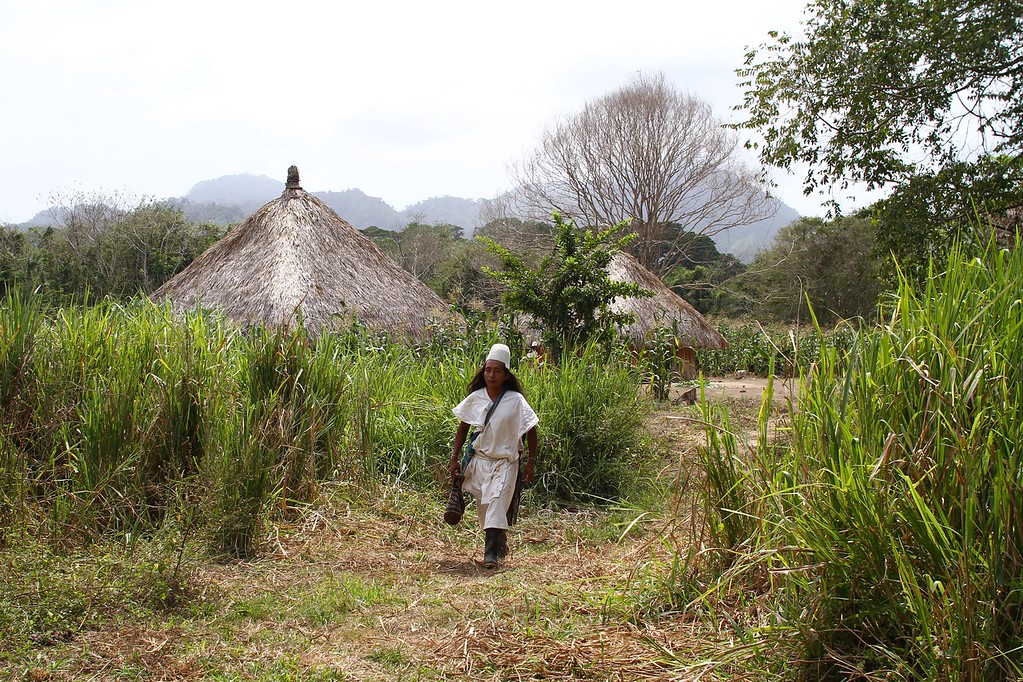
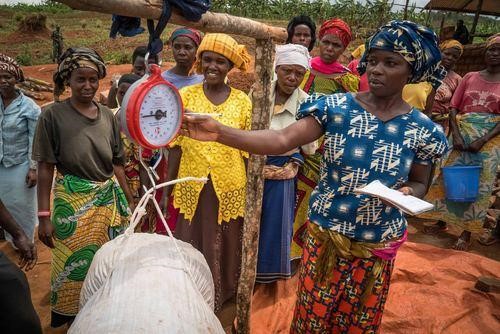

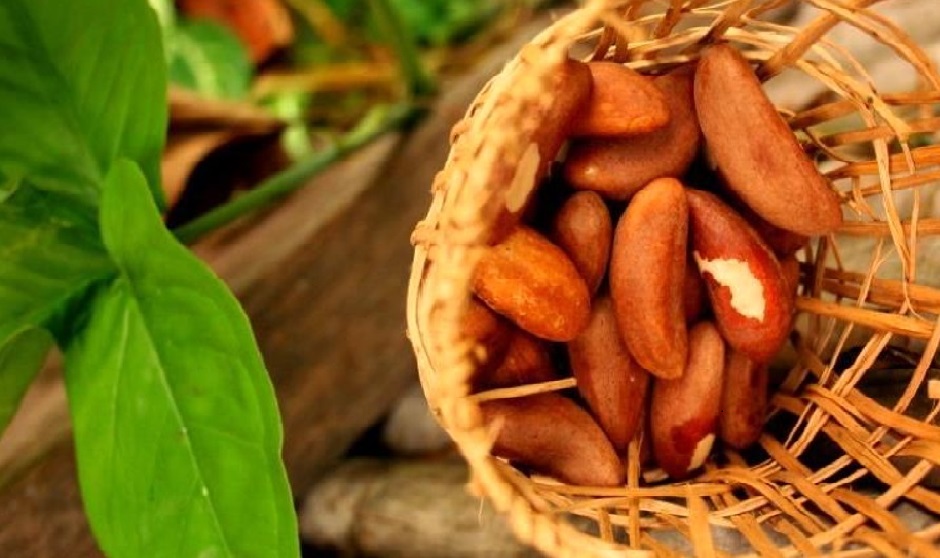
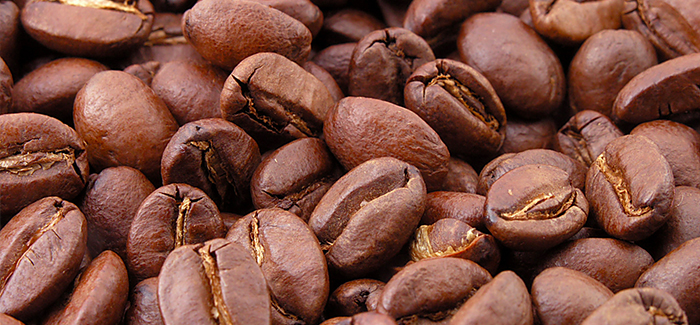

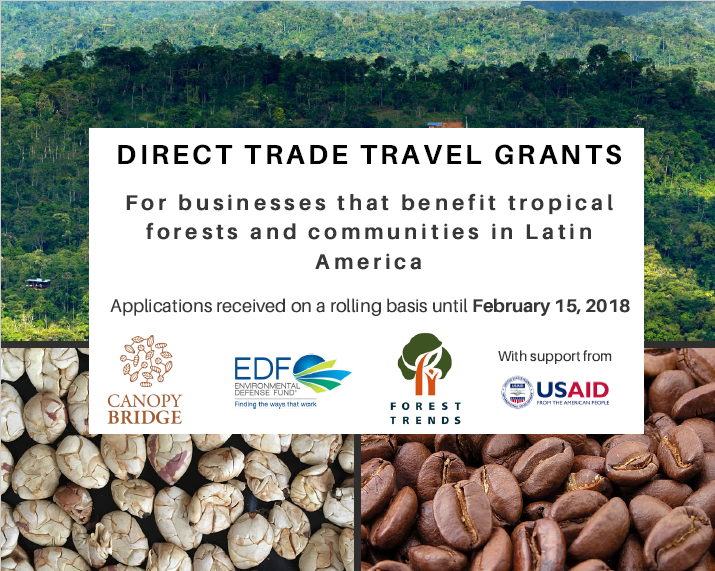

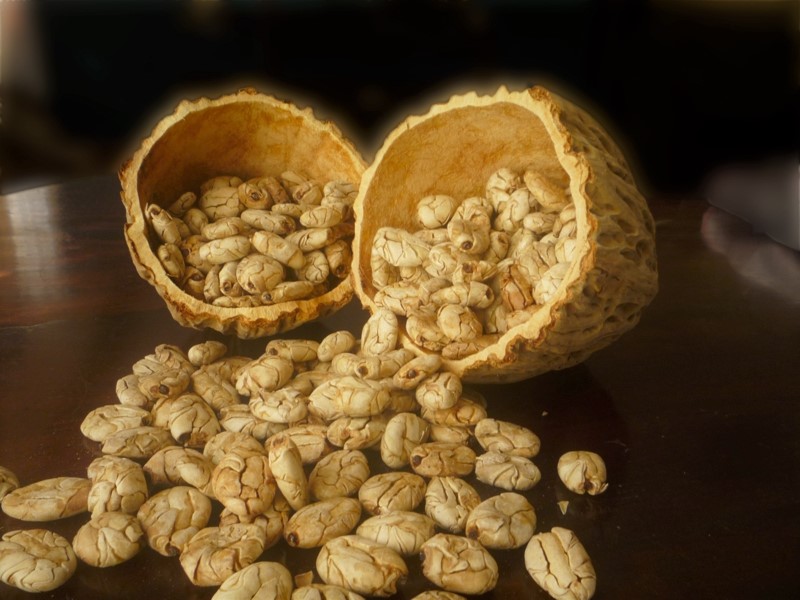
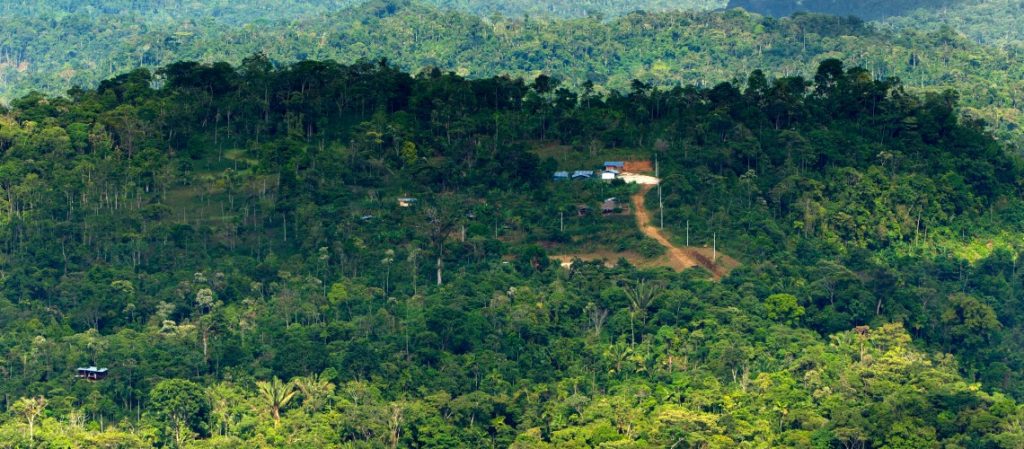


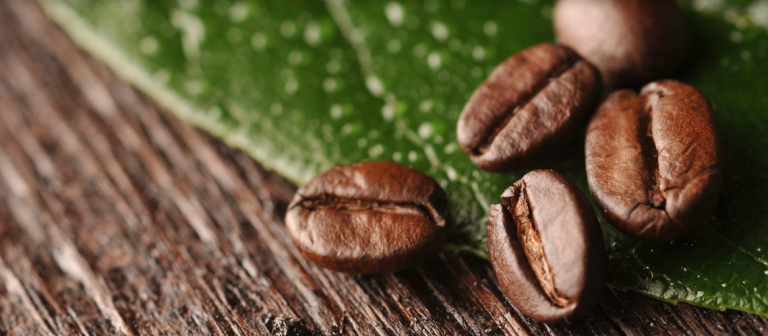

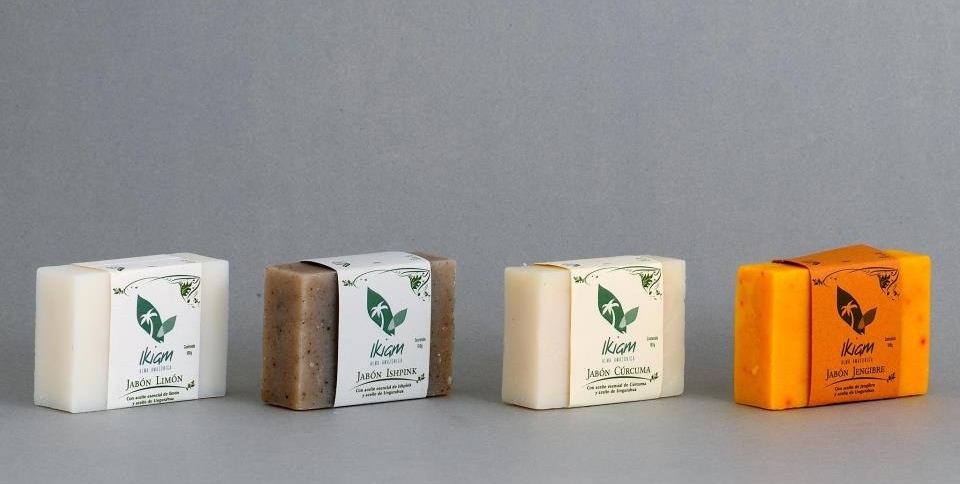
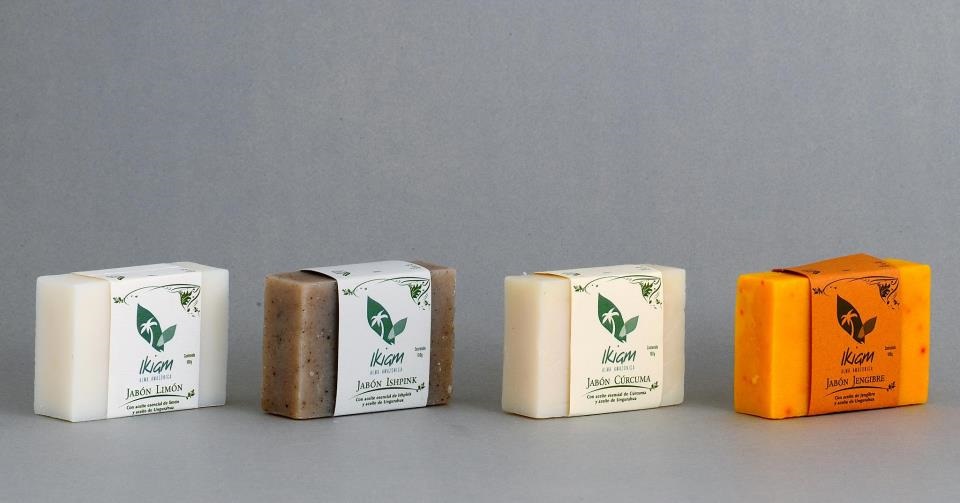
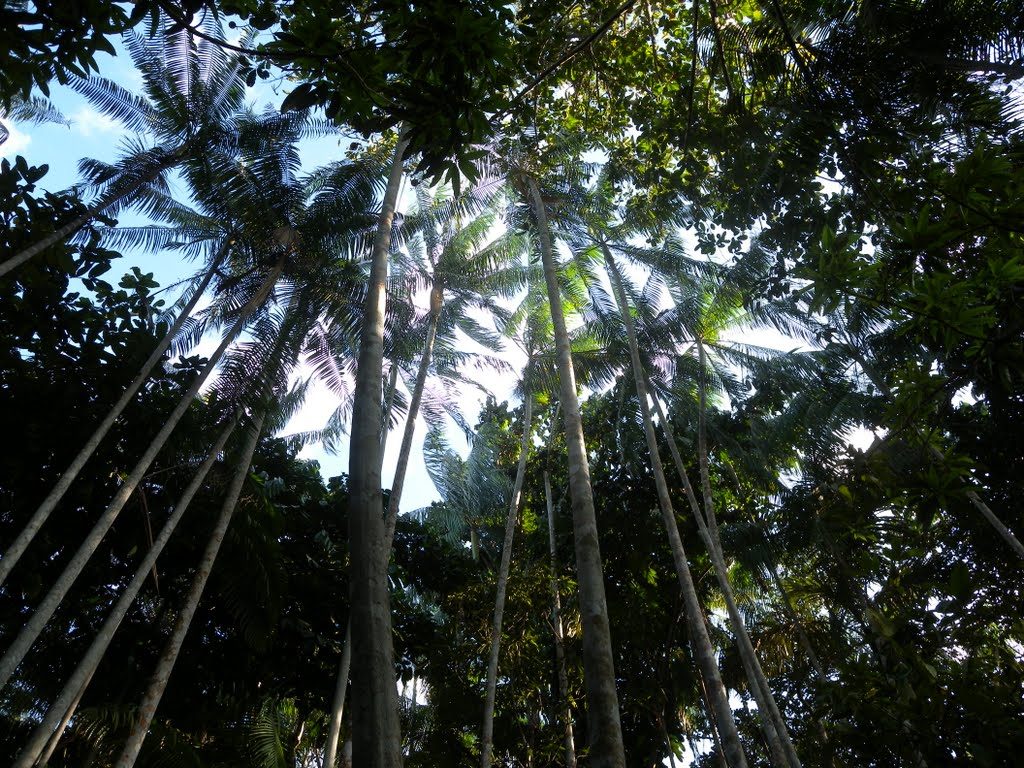
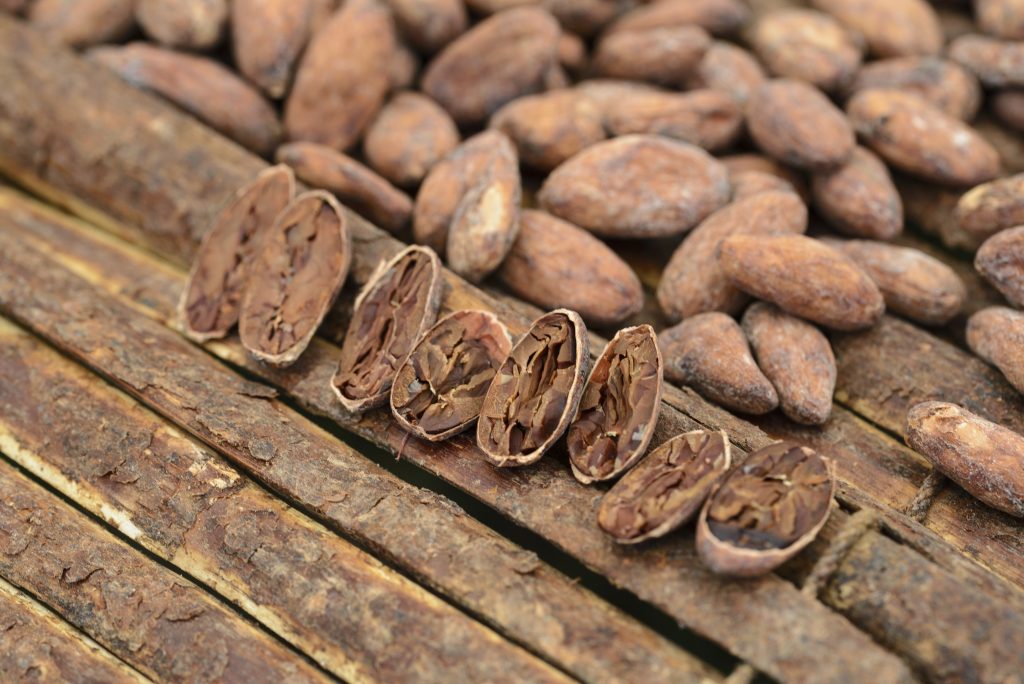
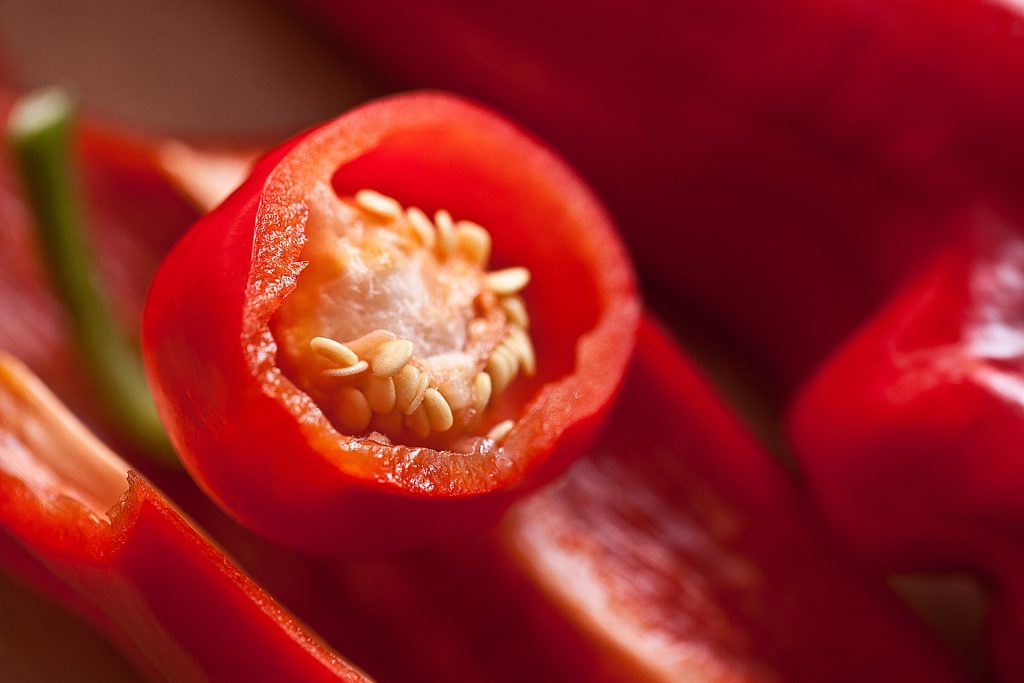
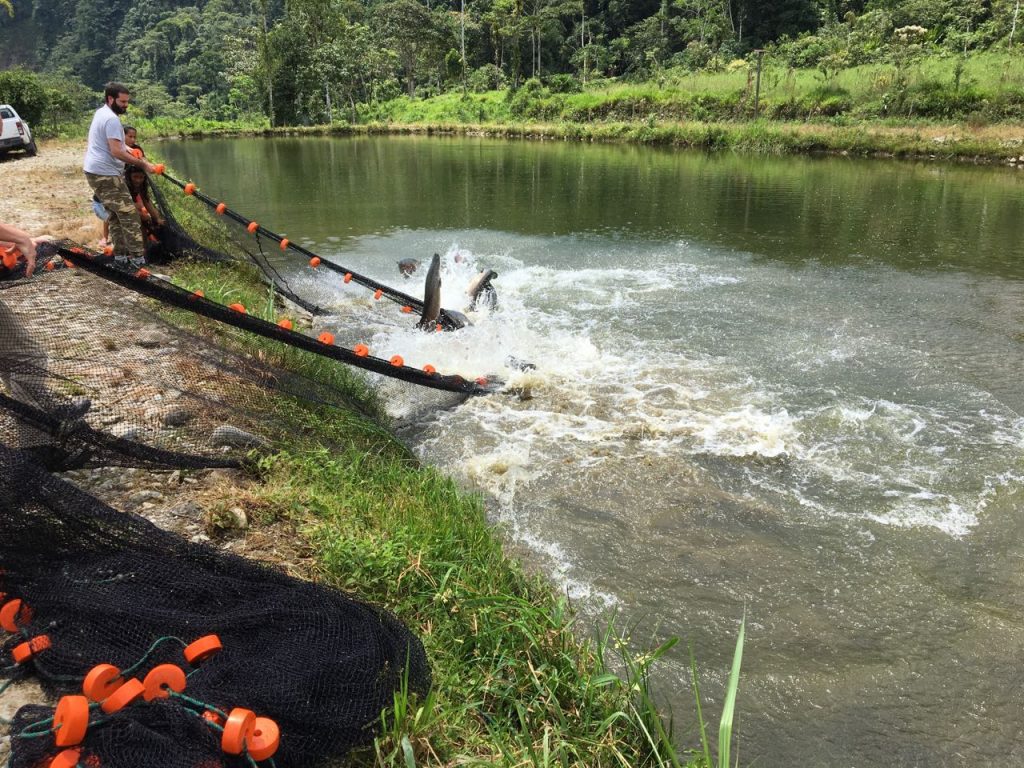

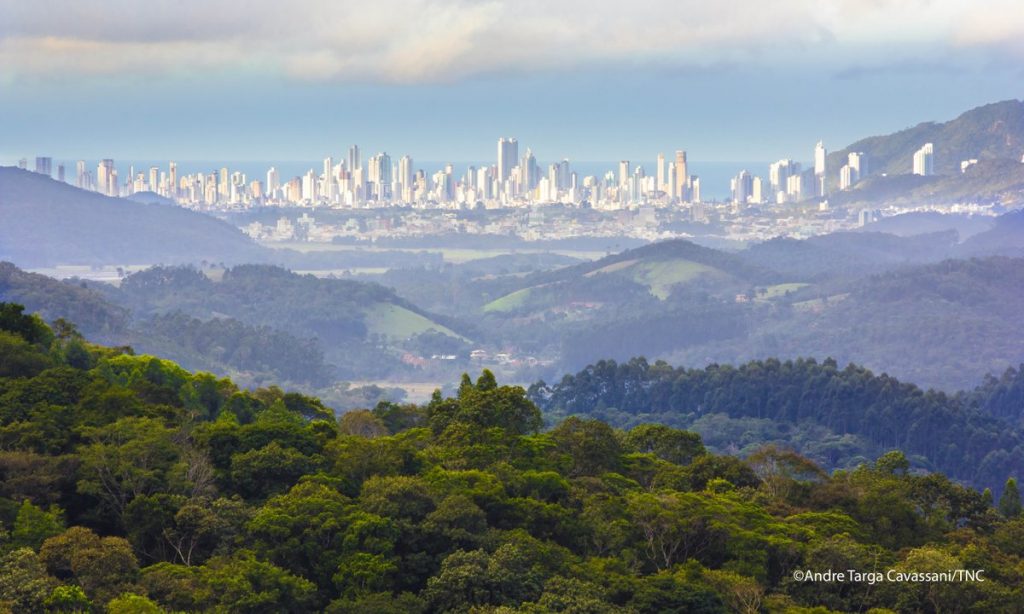

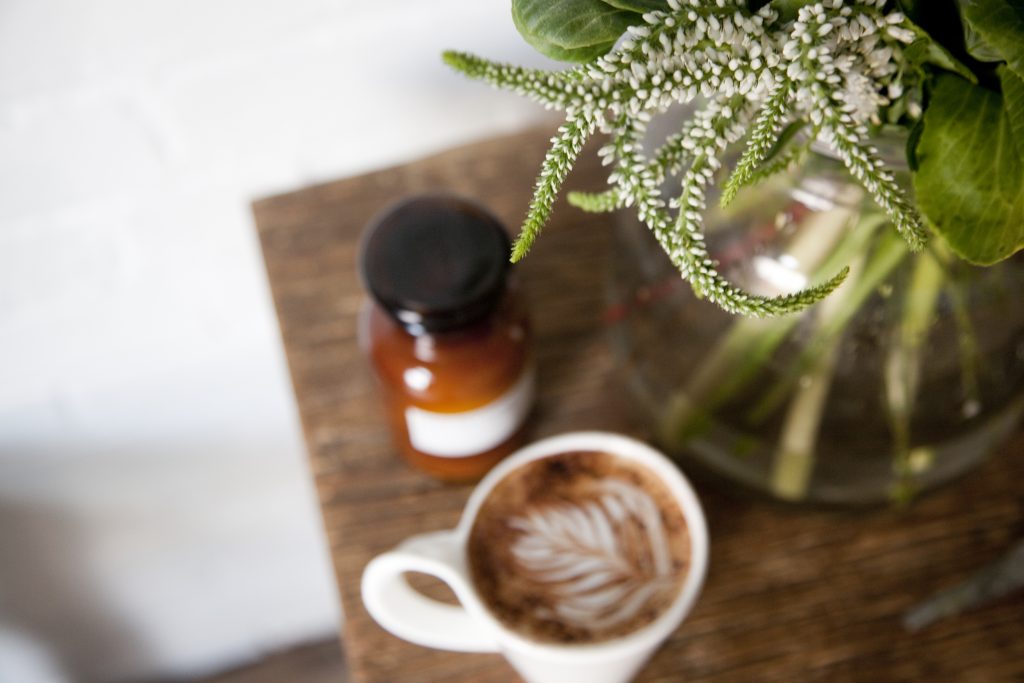
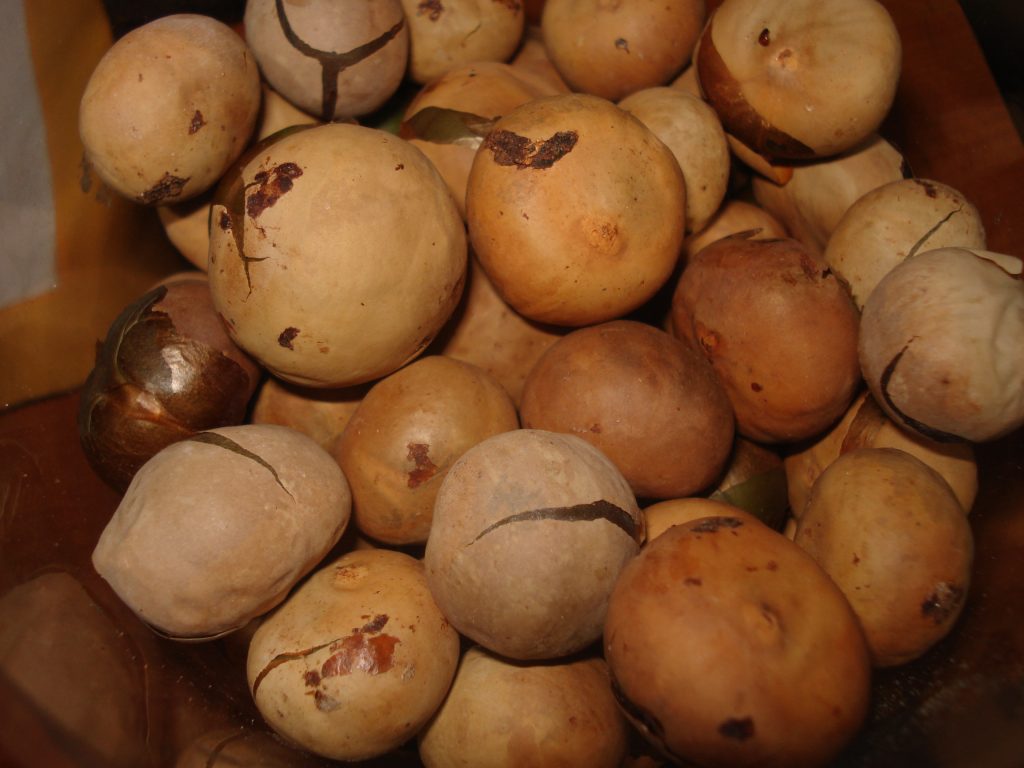
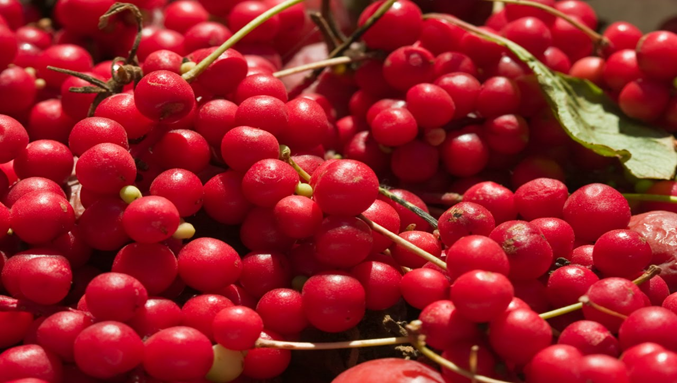

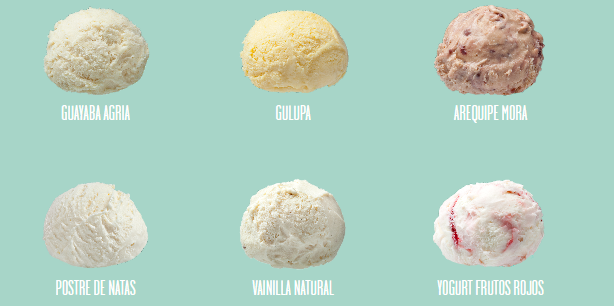

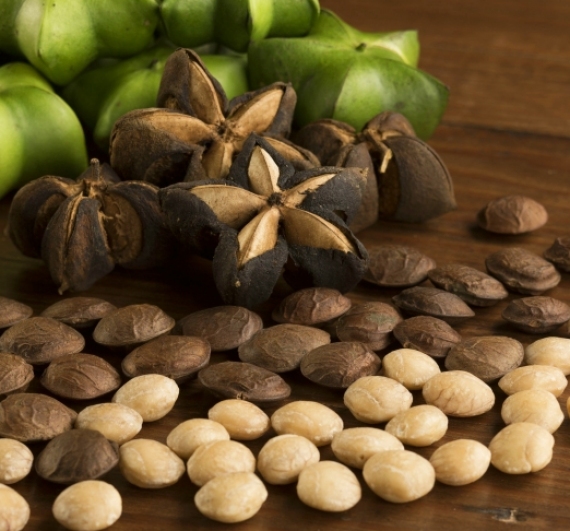
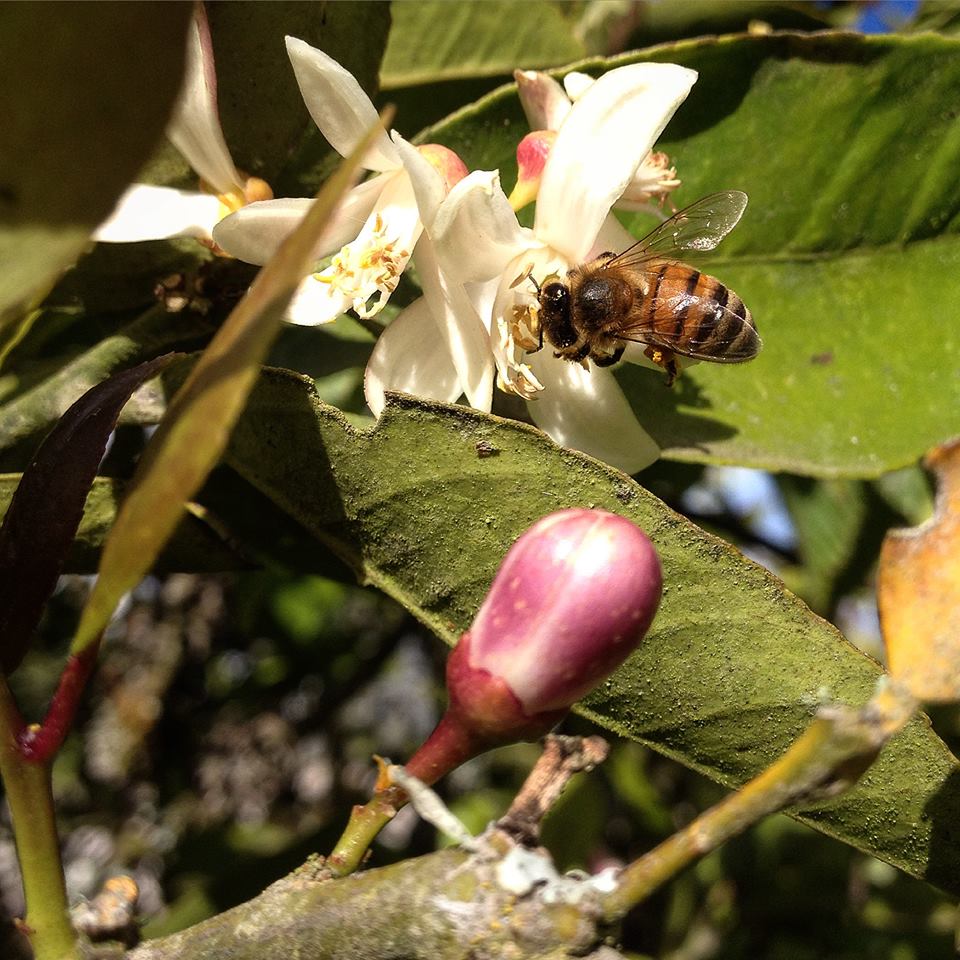

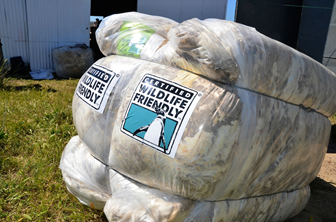


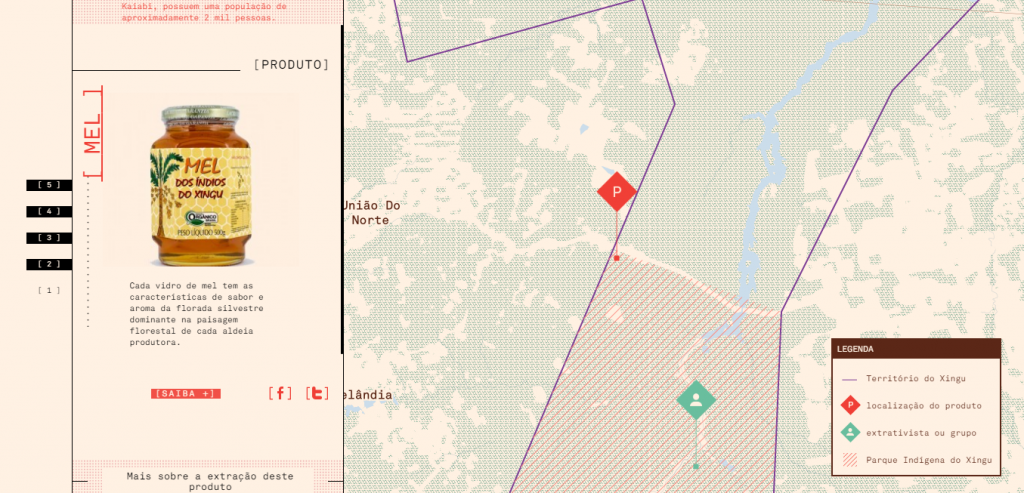

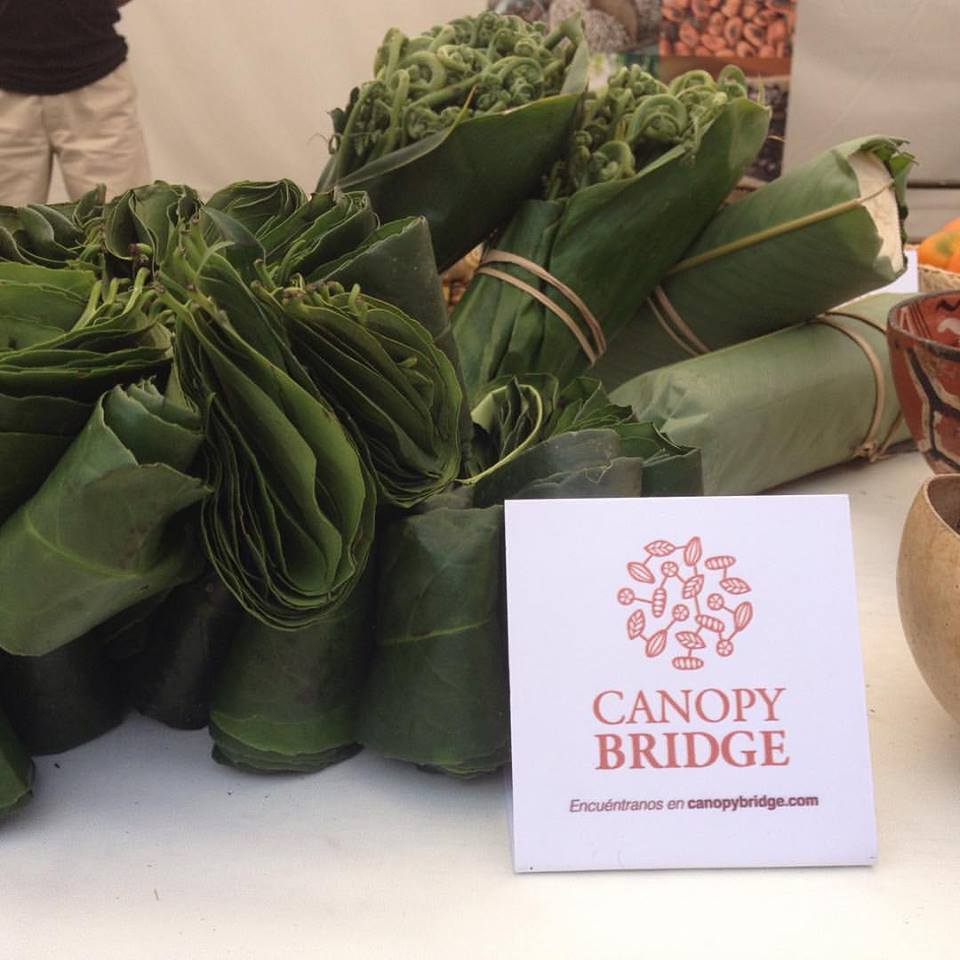
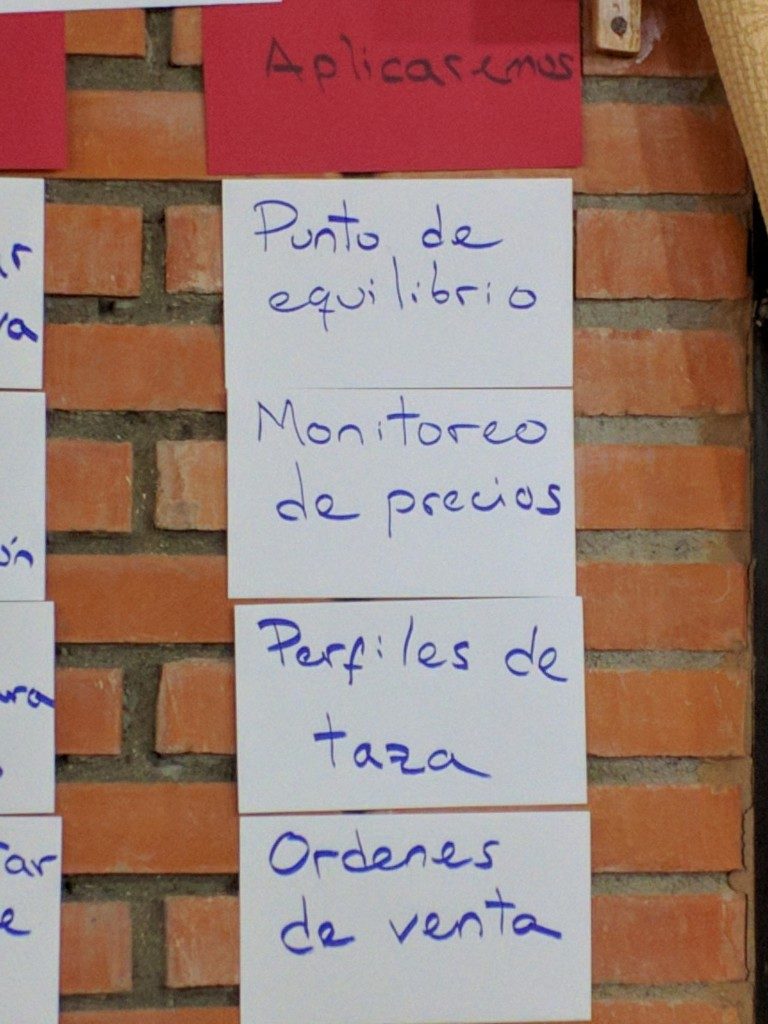
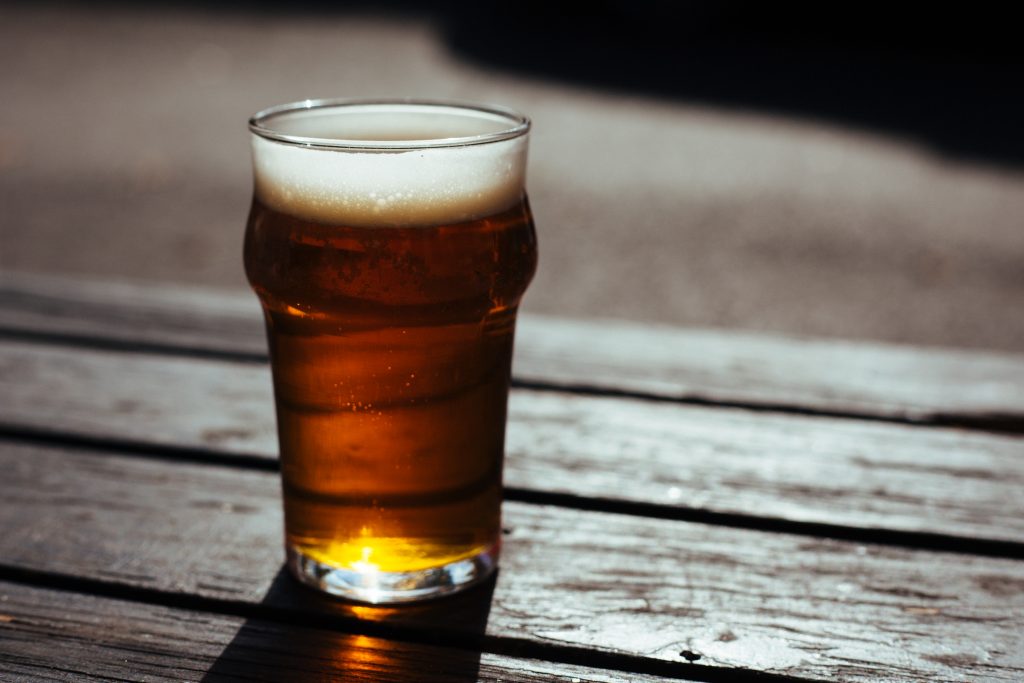
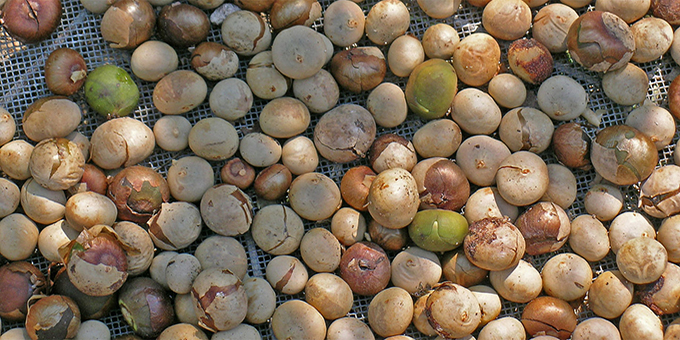

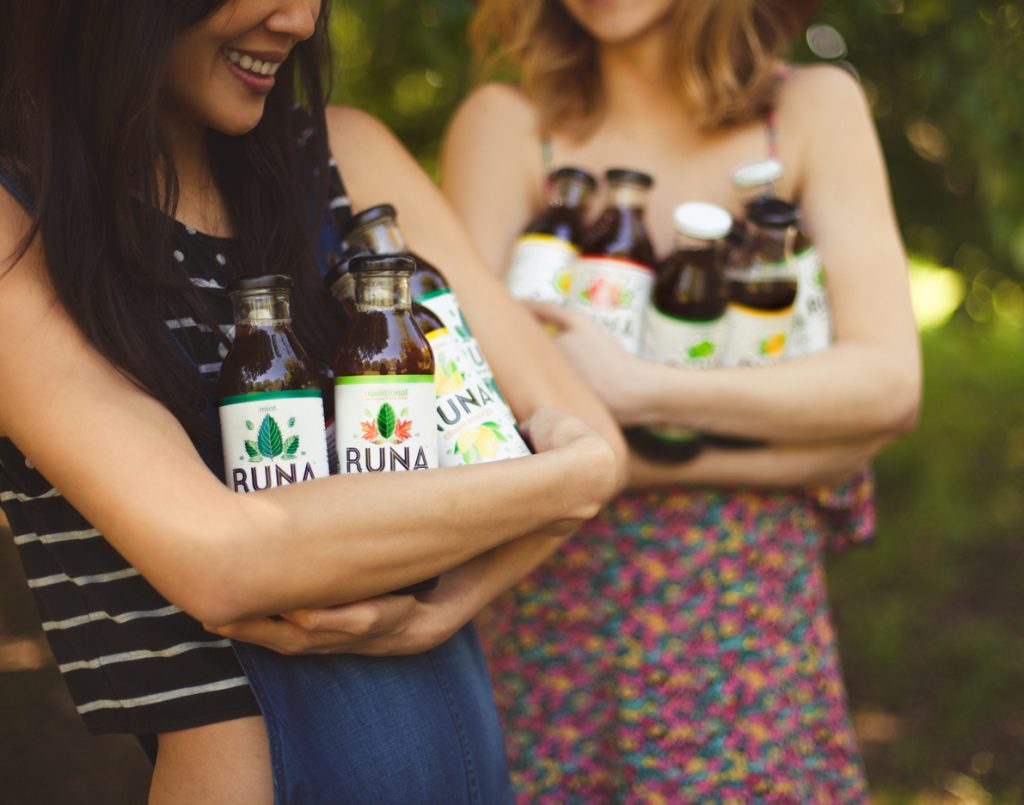

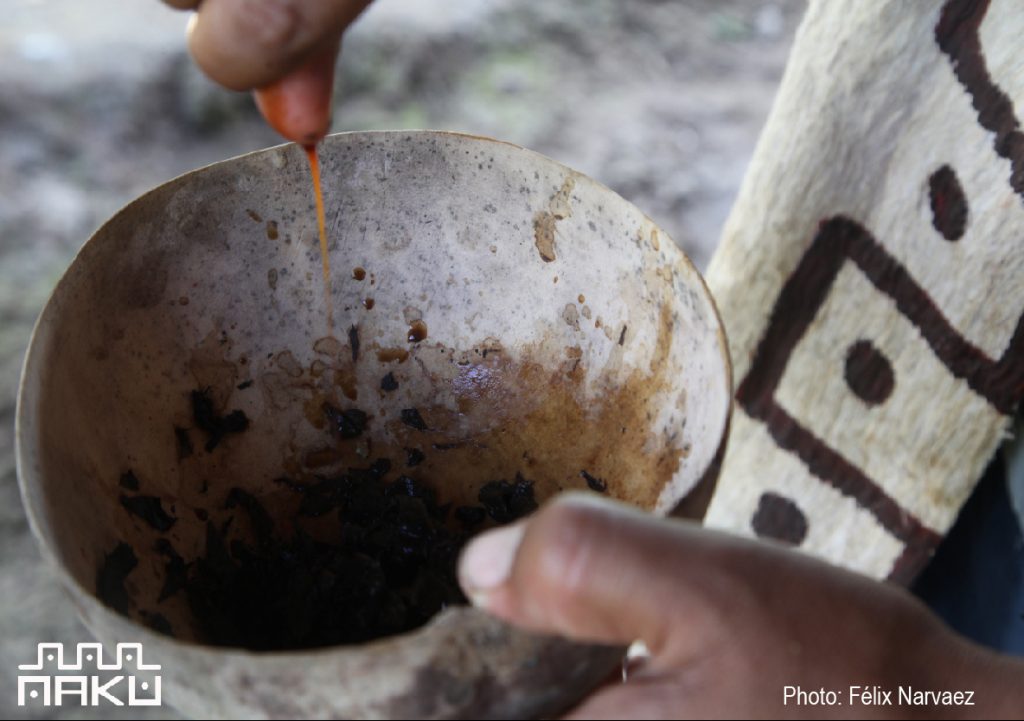
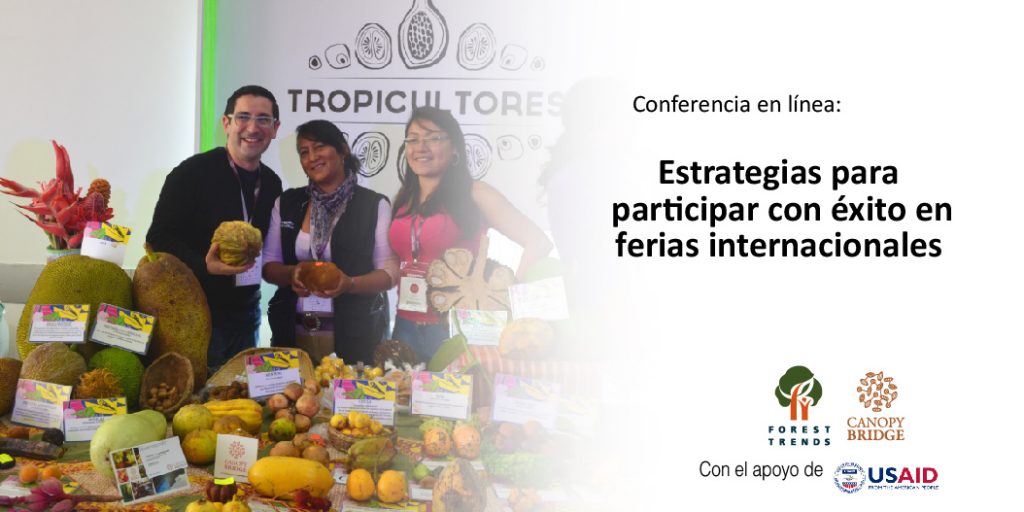
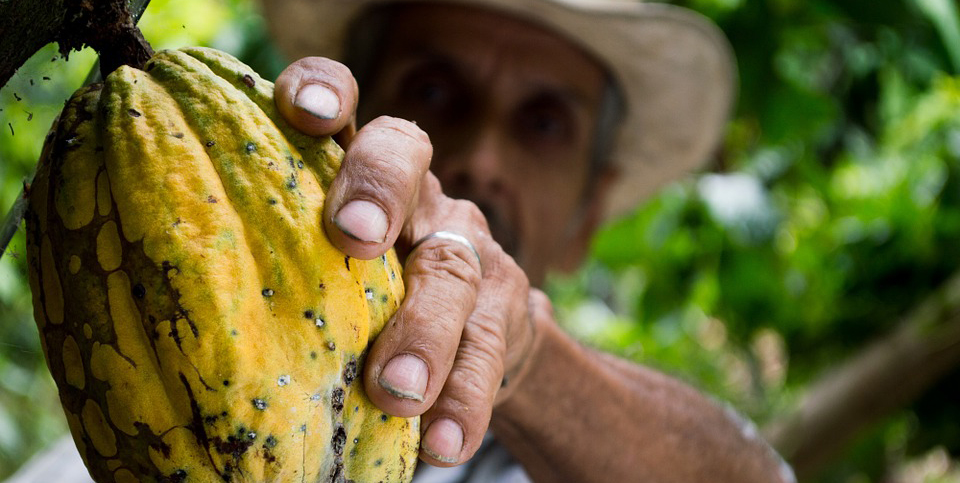

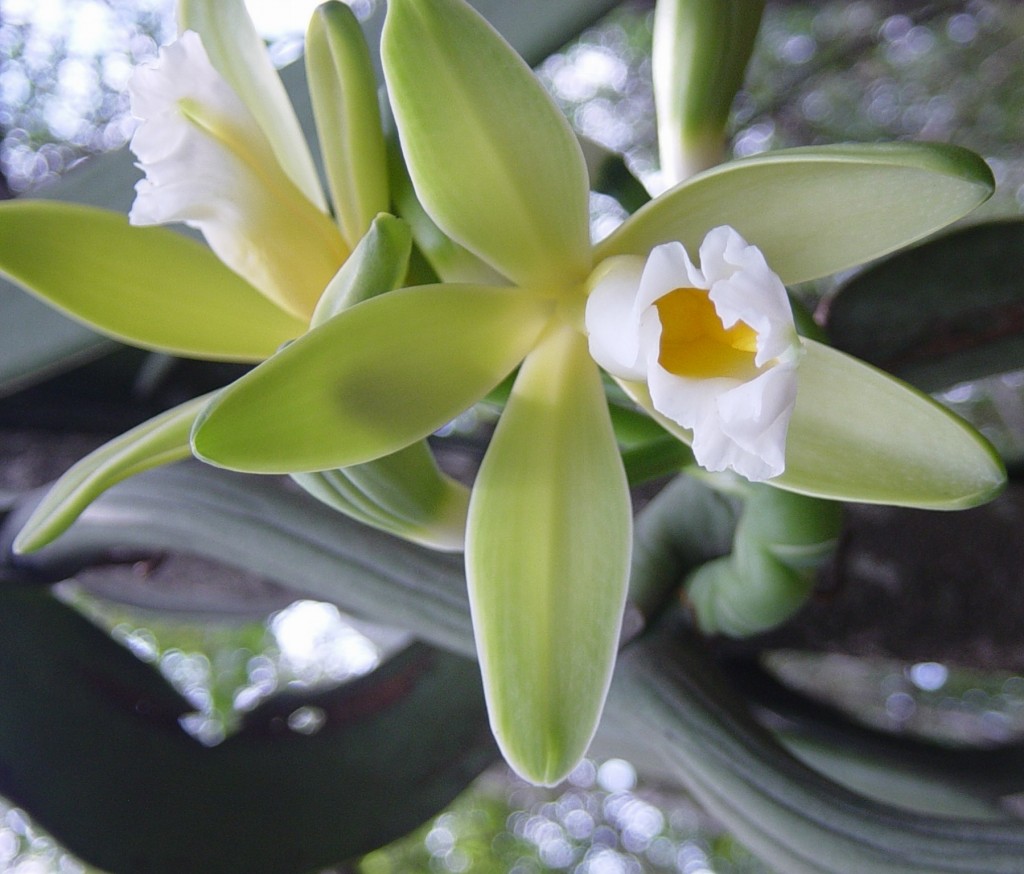
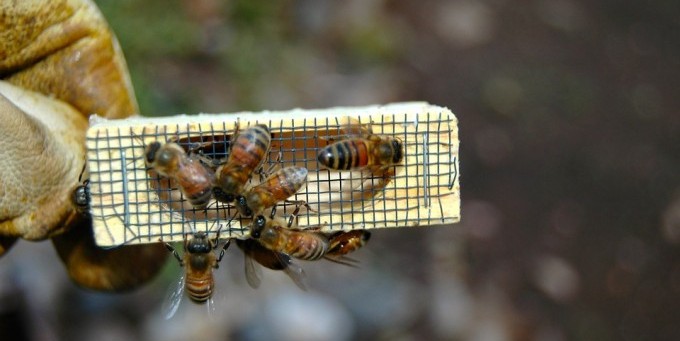

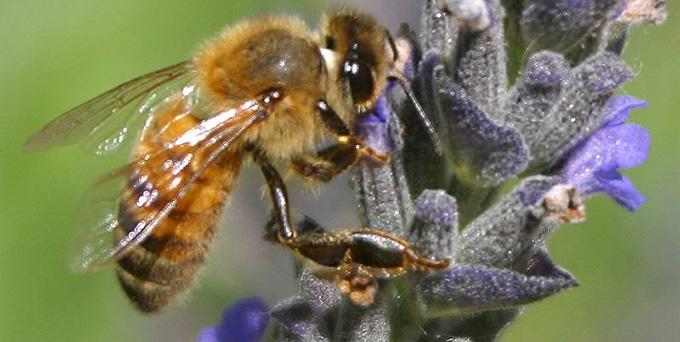
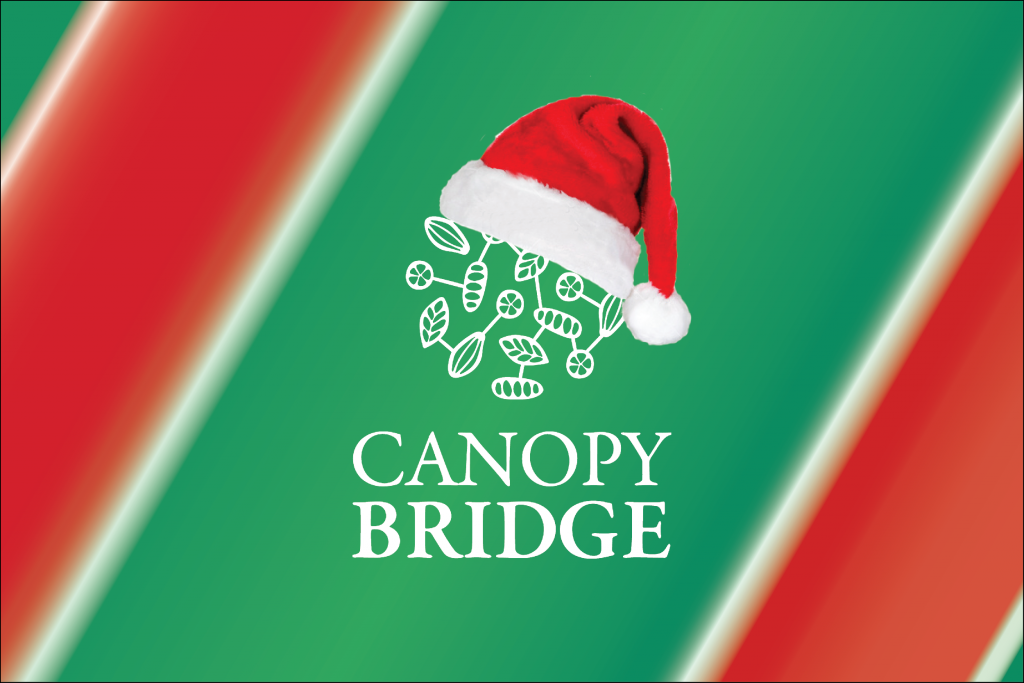

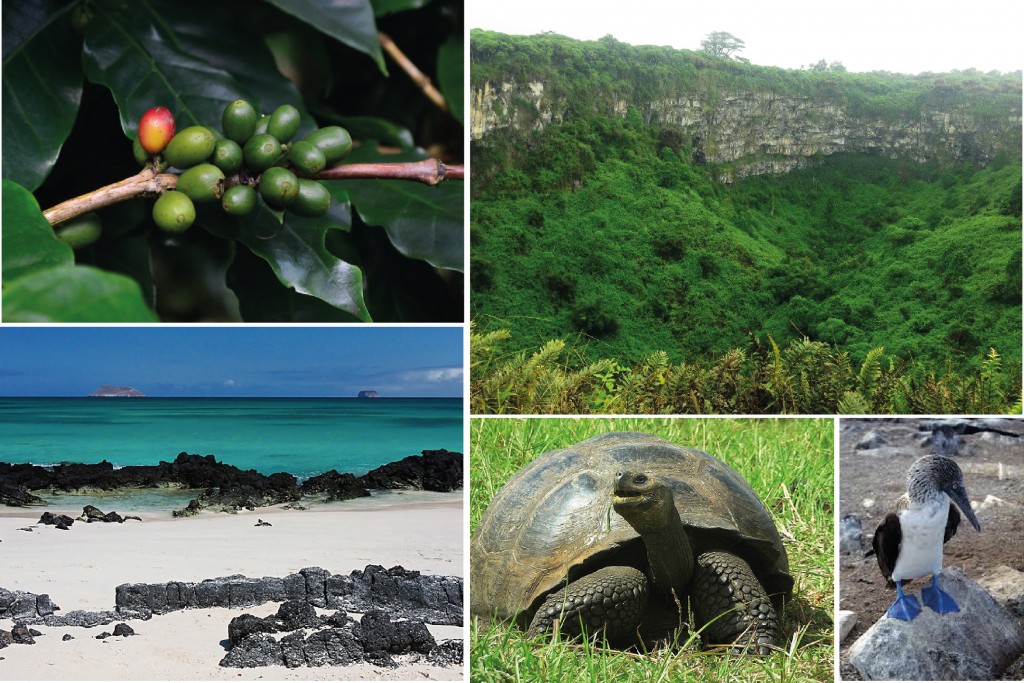
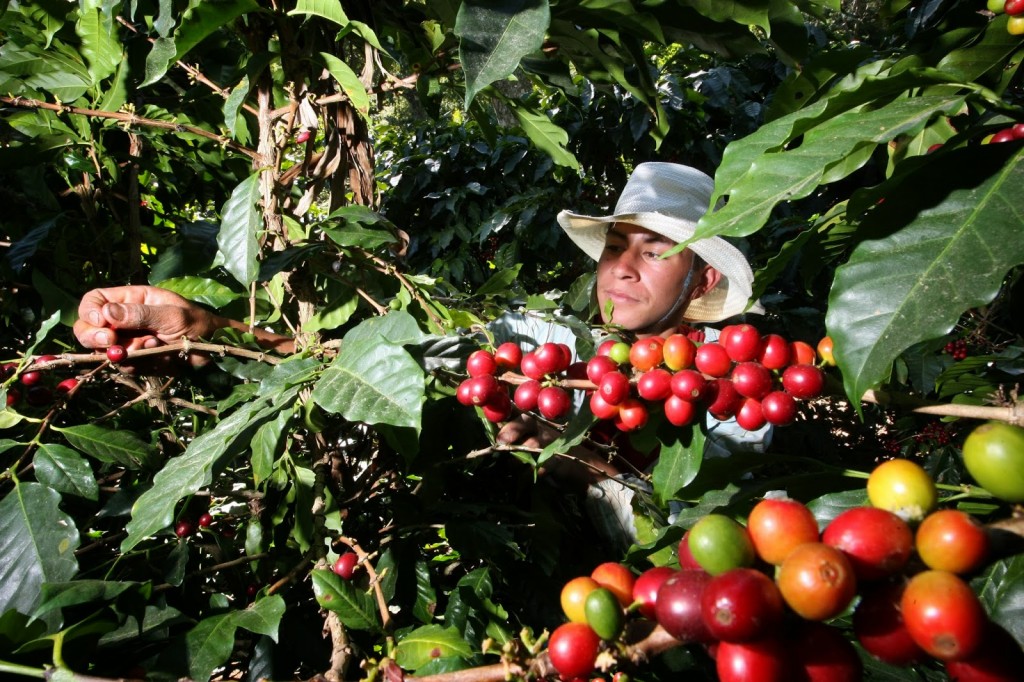
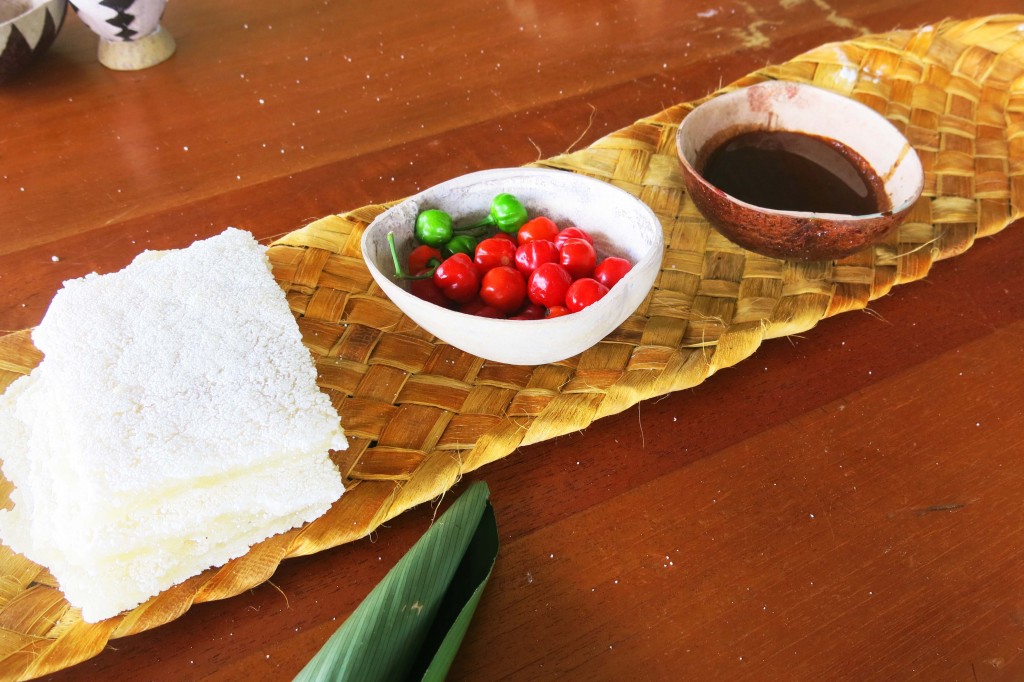
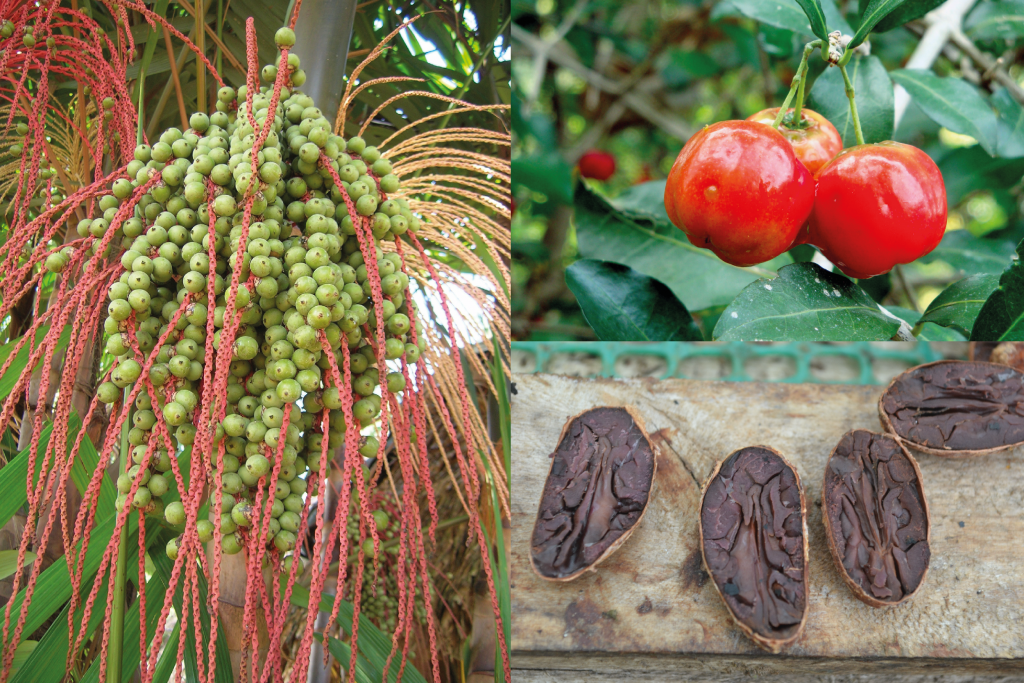


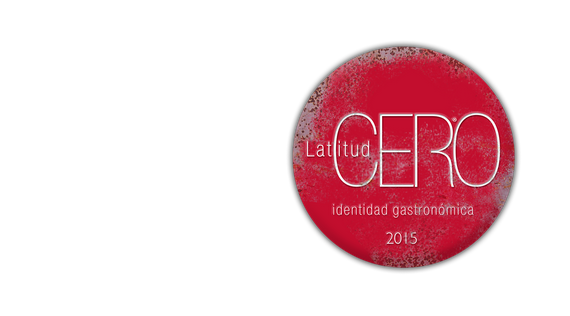


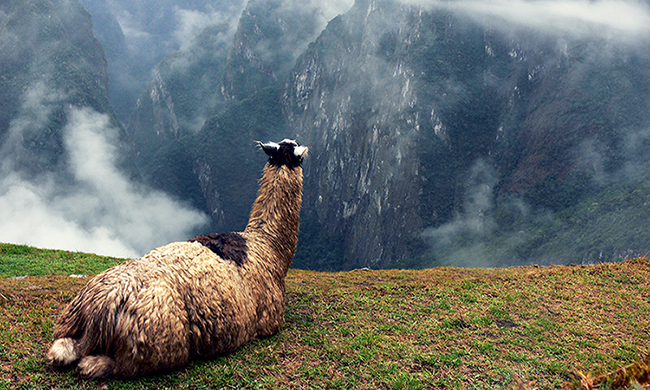

![In Noli, a small comune in Liguria, Italy, Thomas Jefferson reports that you’ll find “a miserable tavern, but they can give you good fish viz. sardines, fresh anchovies, [etc.] and probably strawberries; perhaps too Ortolans.” In Rozzano, a comune in Milan, he recommends that you “ask for Mascarponi, a rich and excellent kind of curd, and enquire how it is made.”](https://canopybridge.com/wp-content/uploads/2015/08/1798_Payne_Map_of_the_World_pre_1800_American_Map_-_Geographicus_-_World-payne-1798-1024x559.jpg)


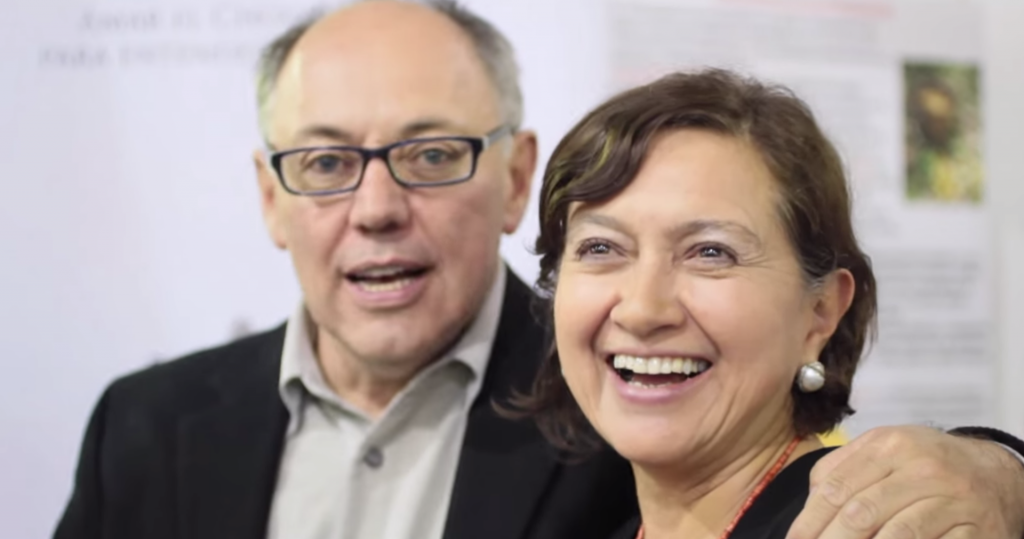 ">
">





